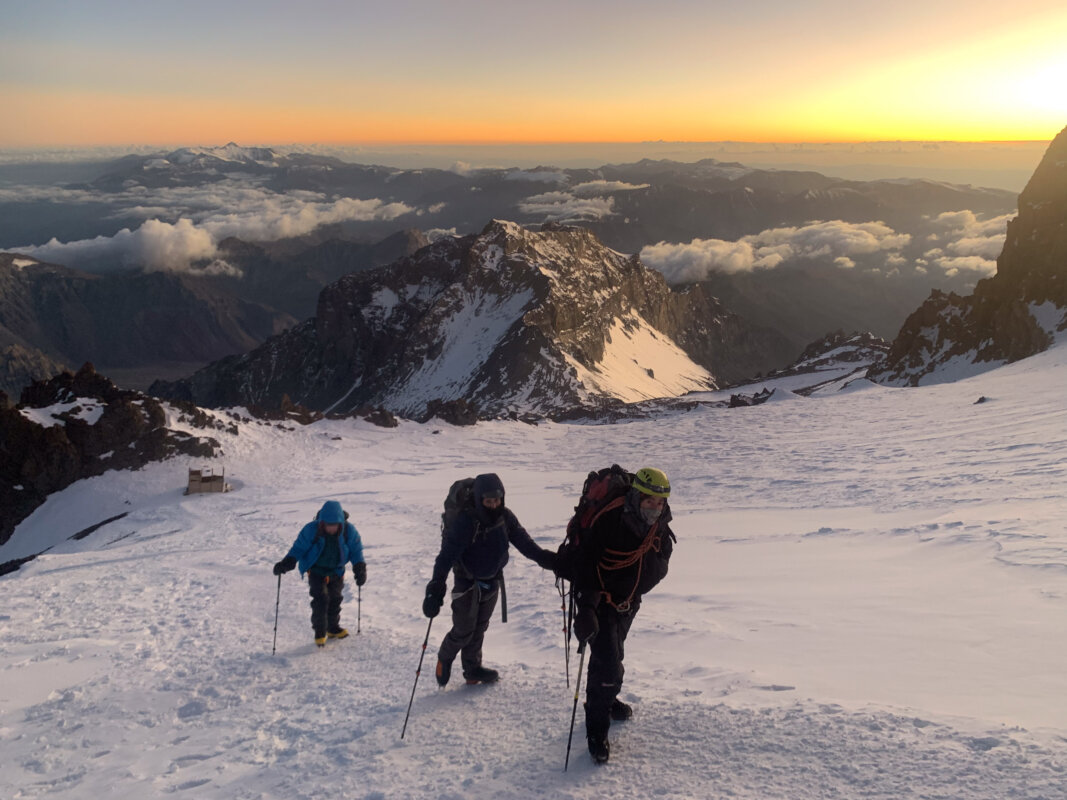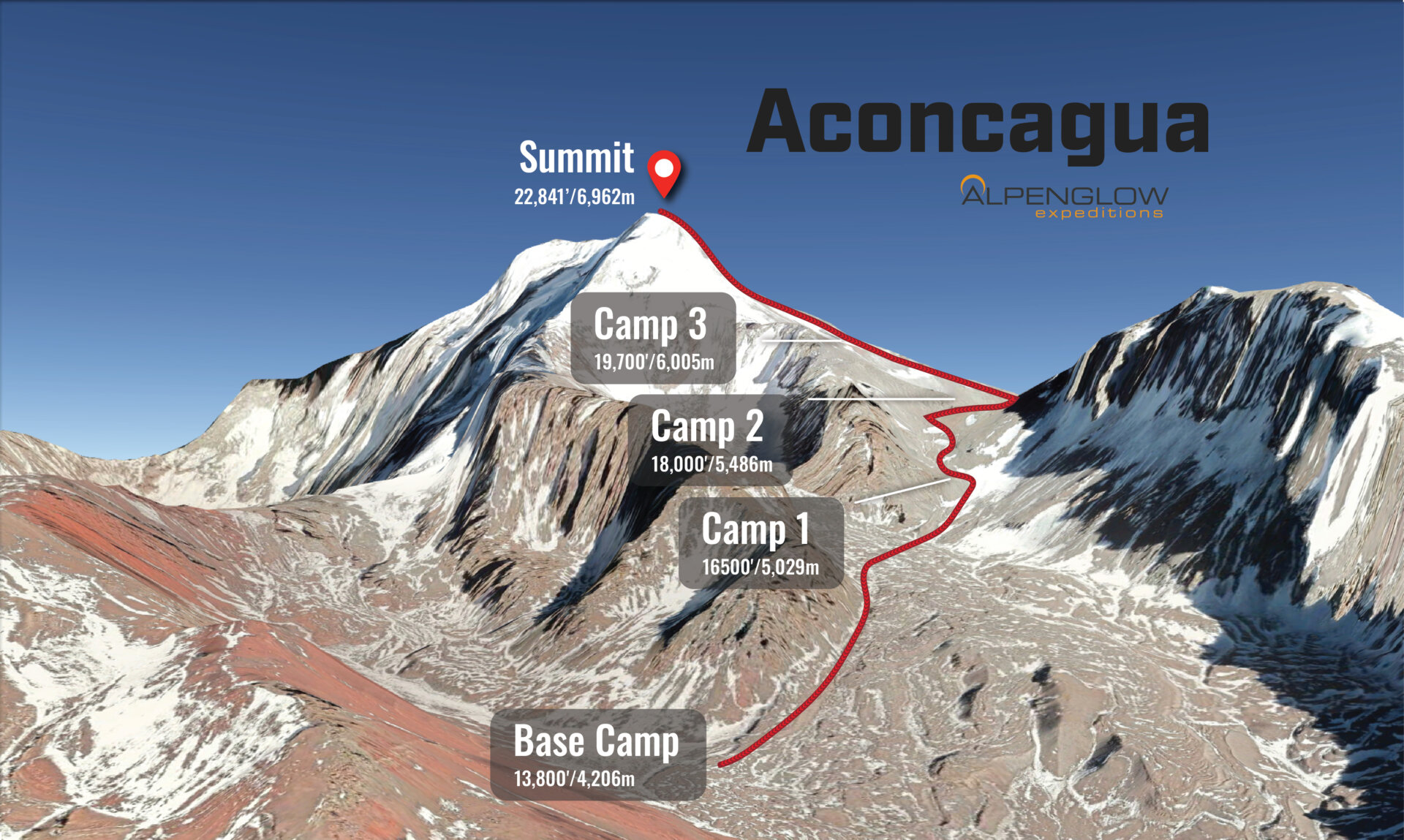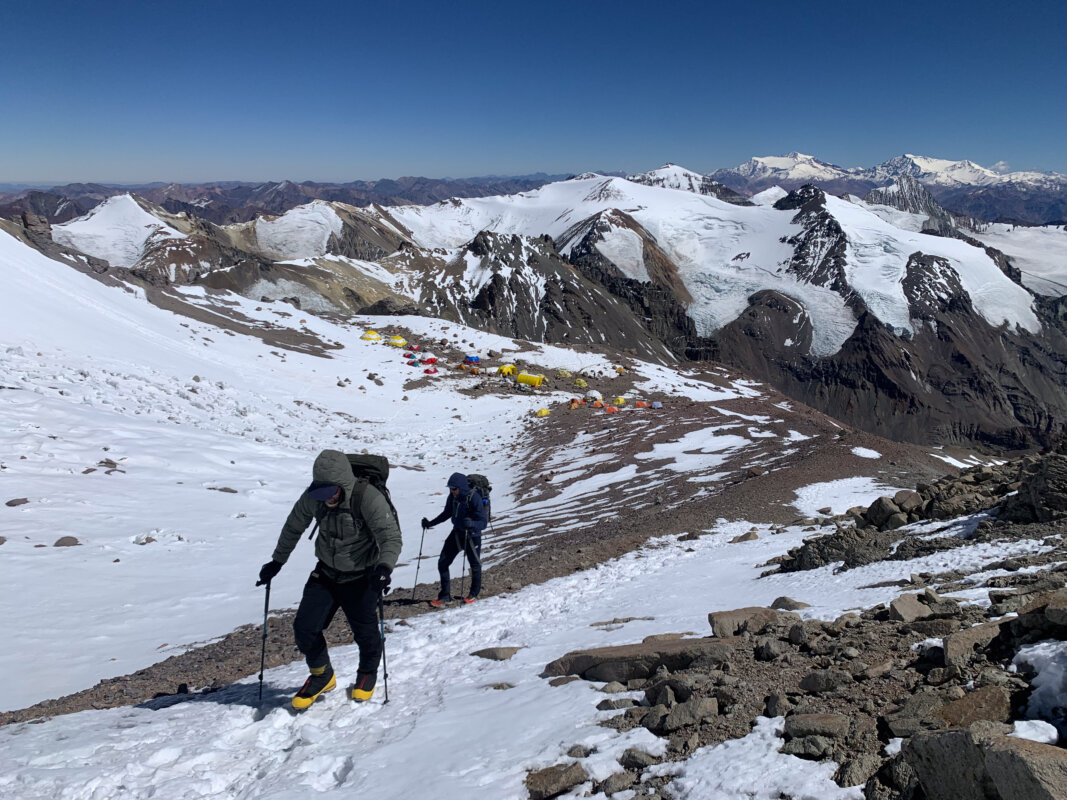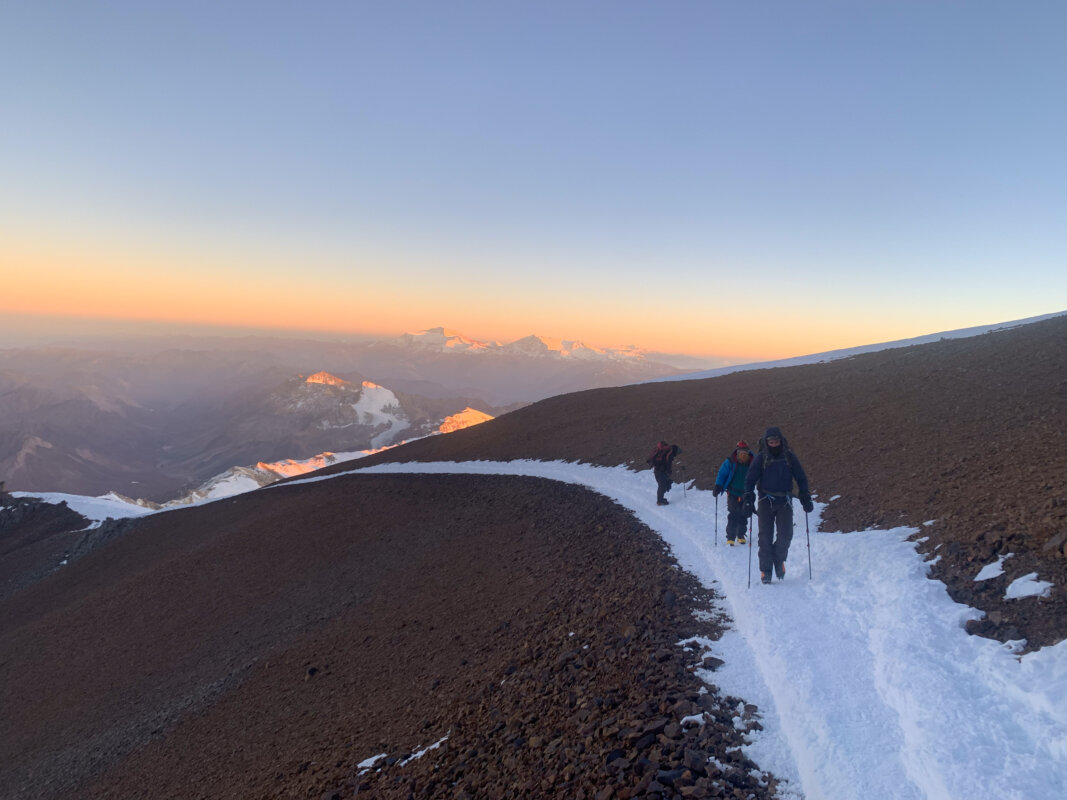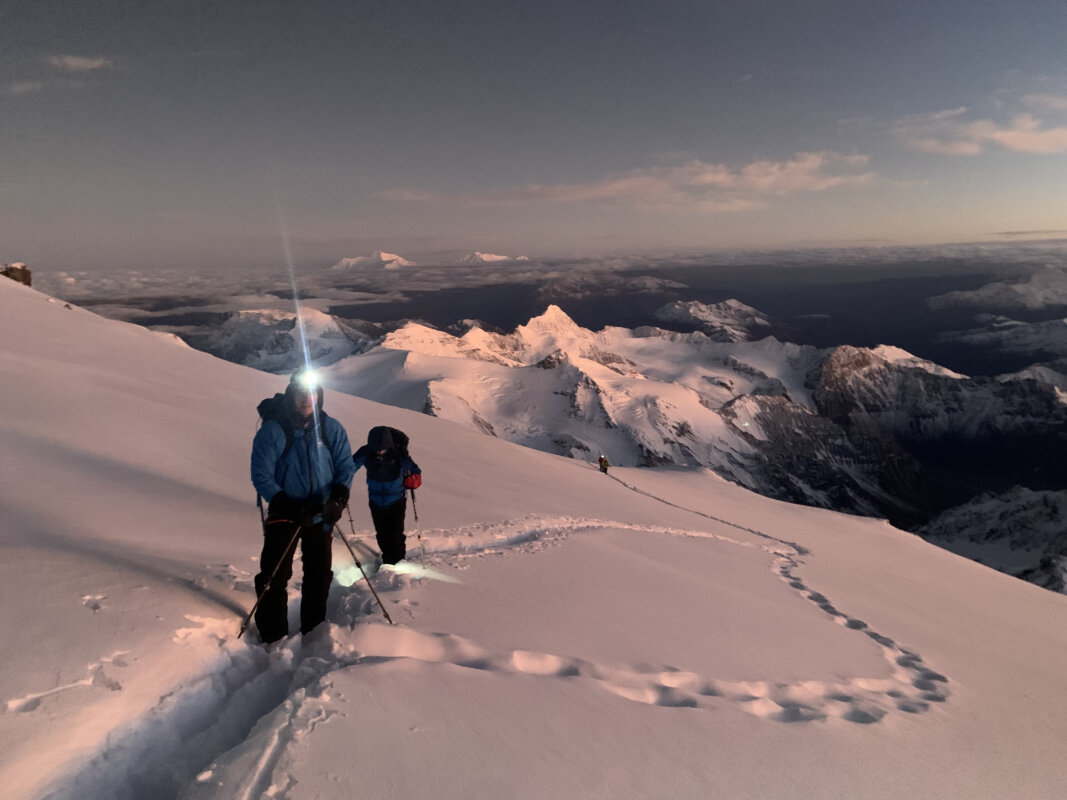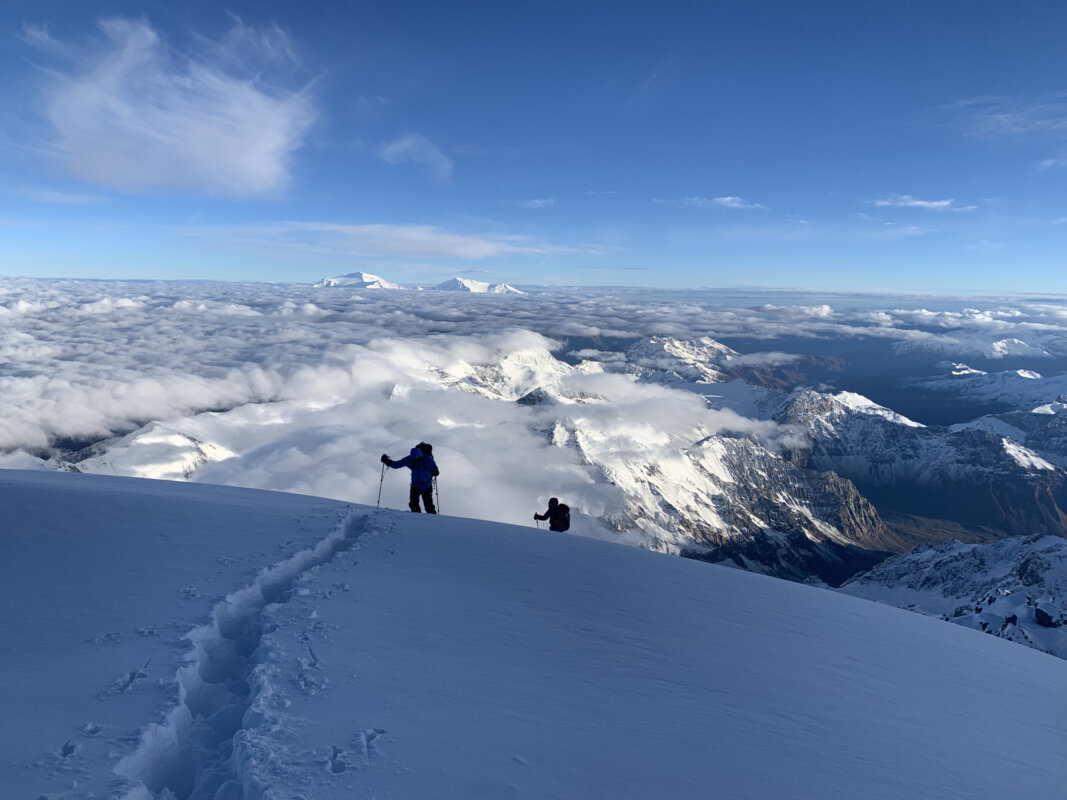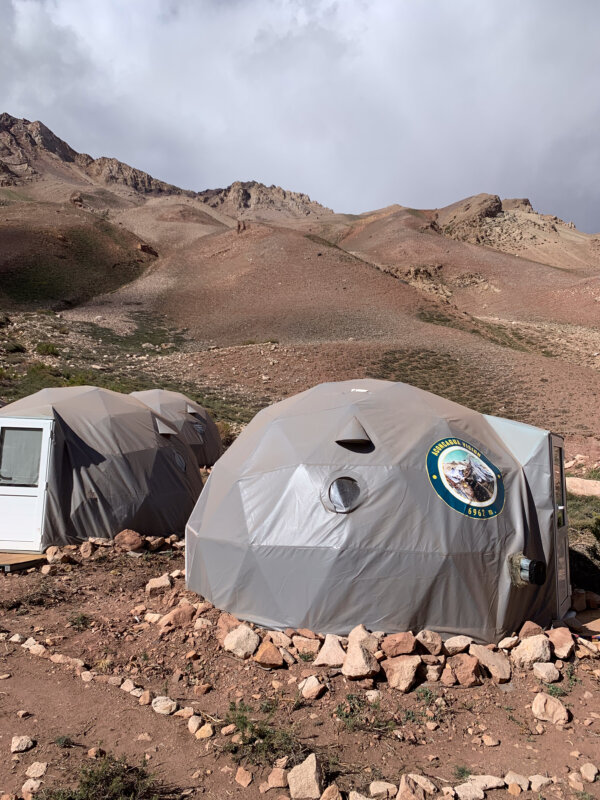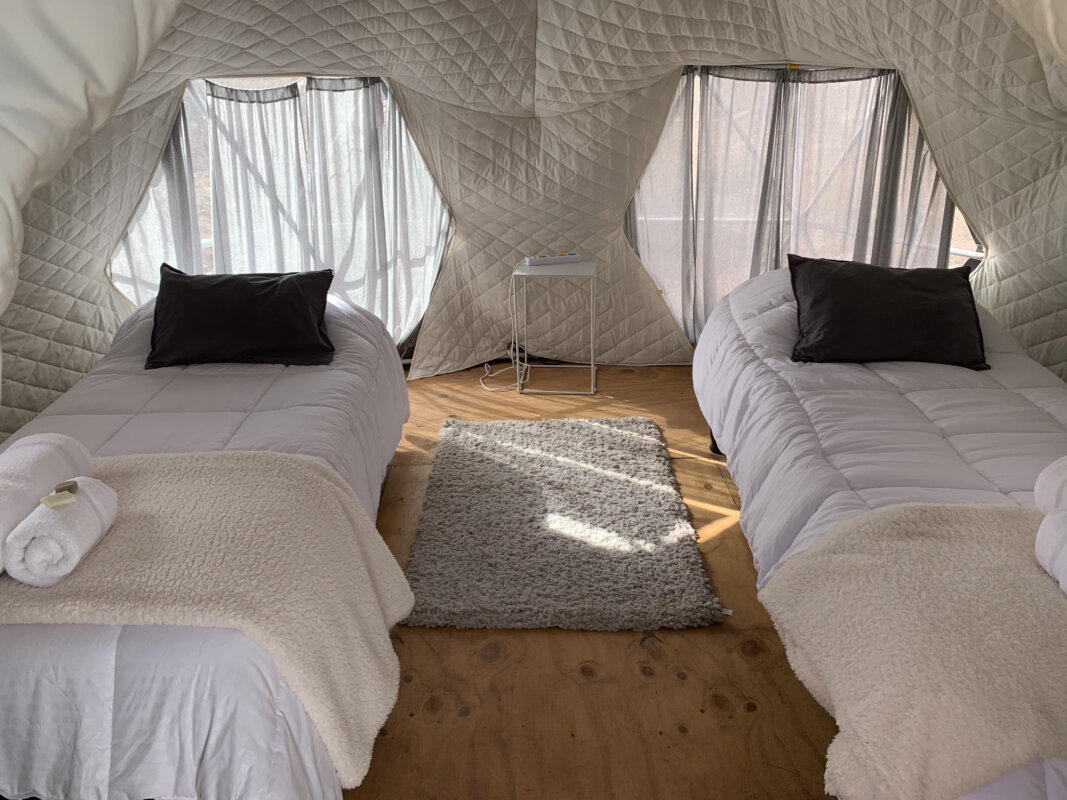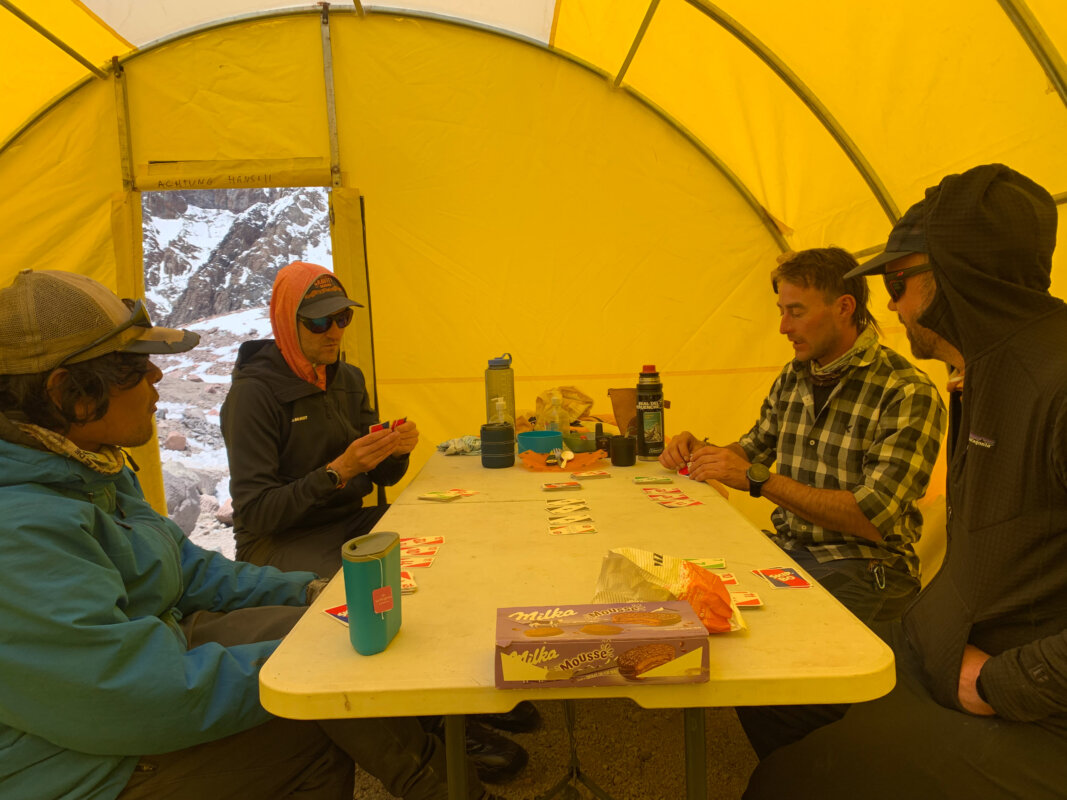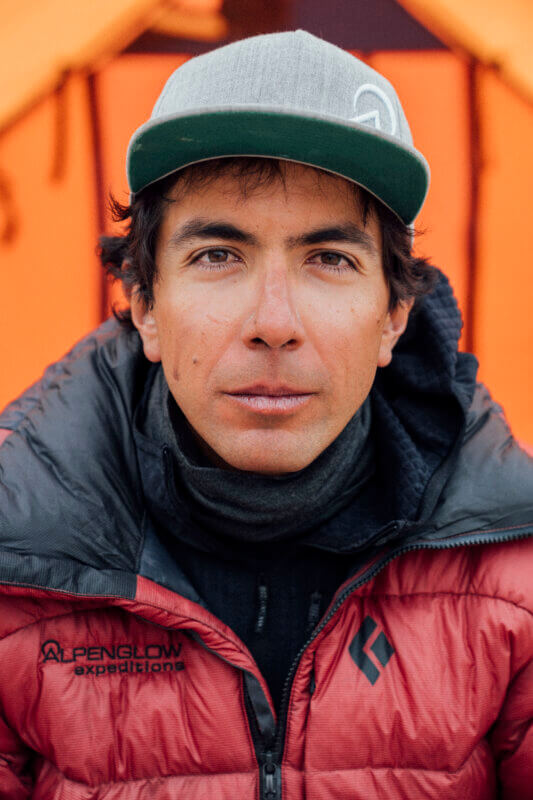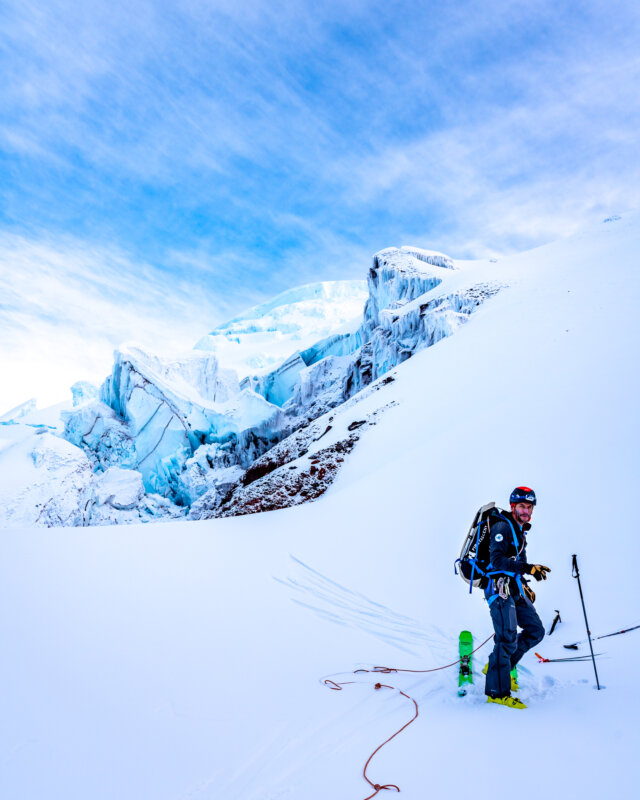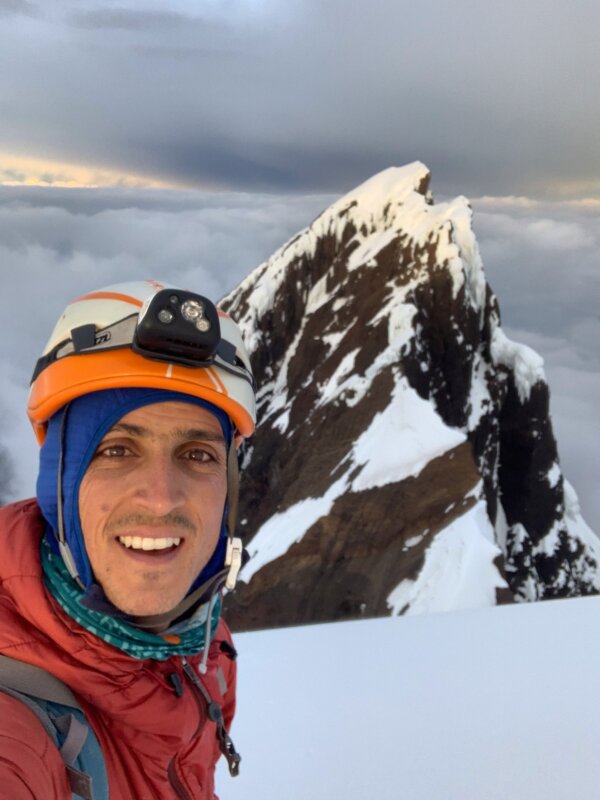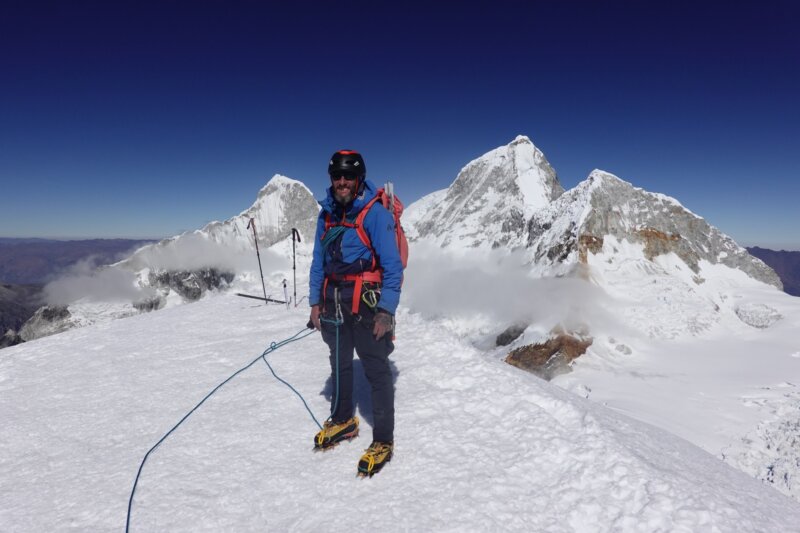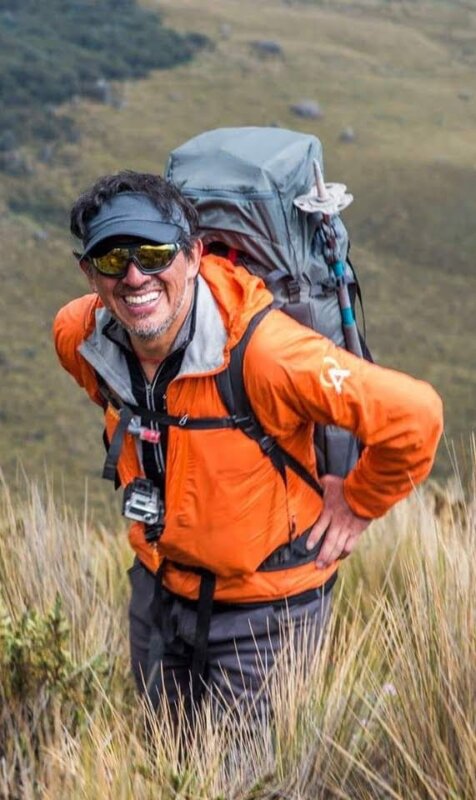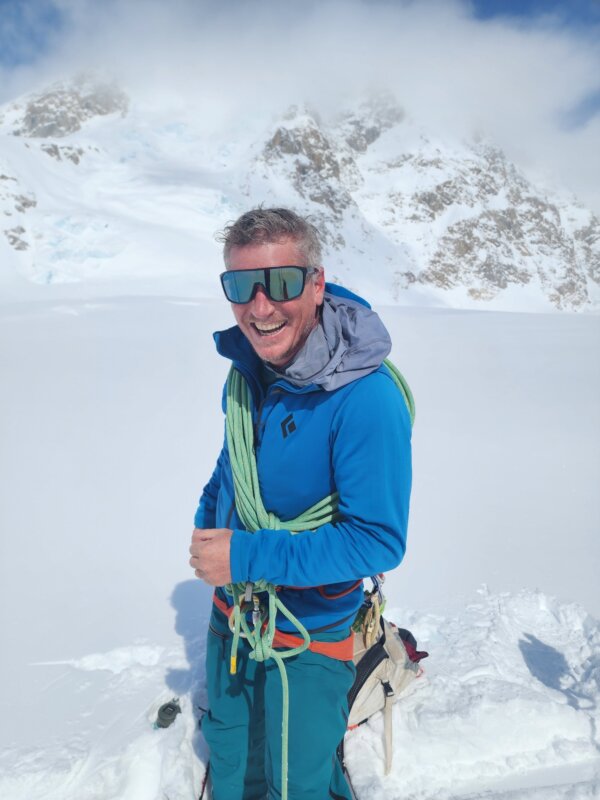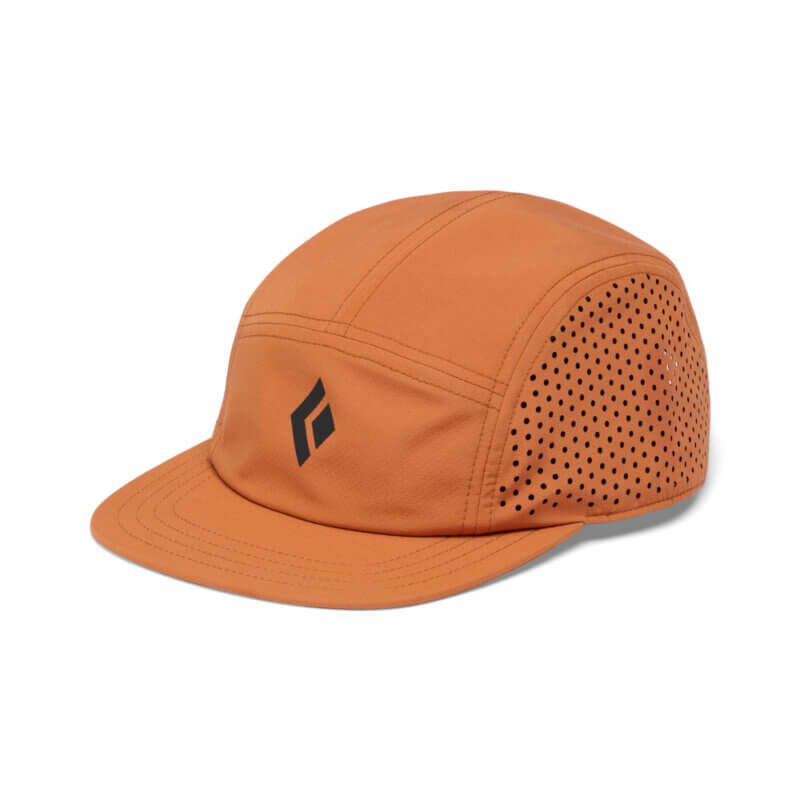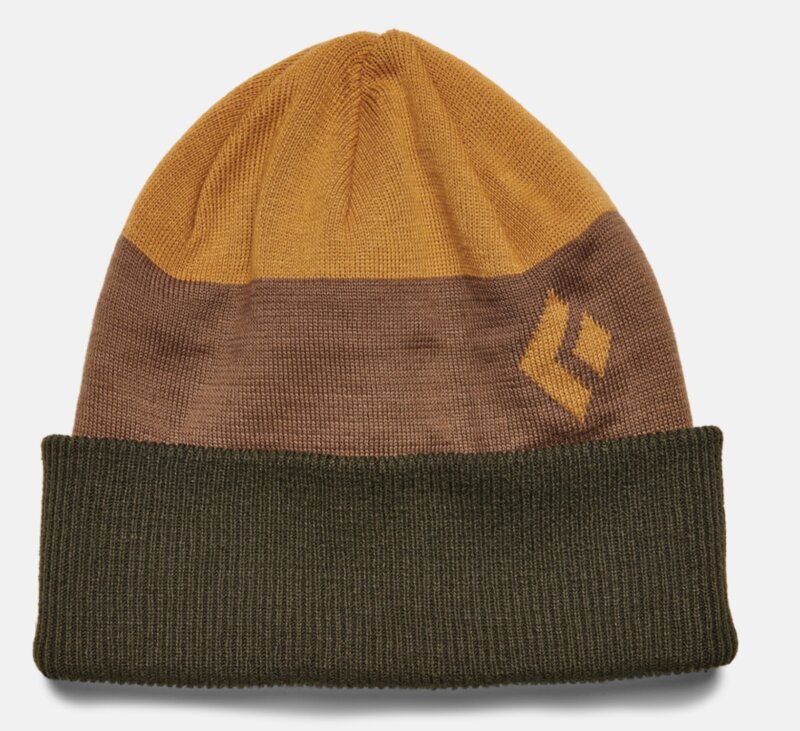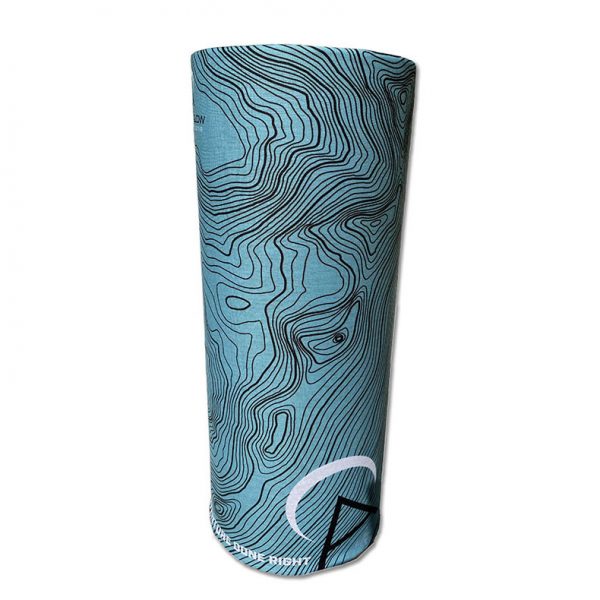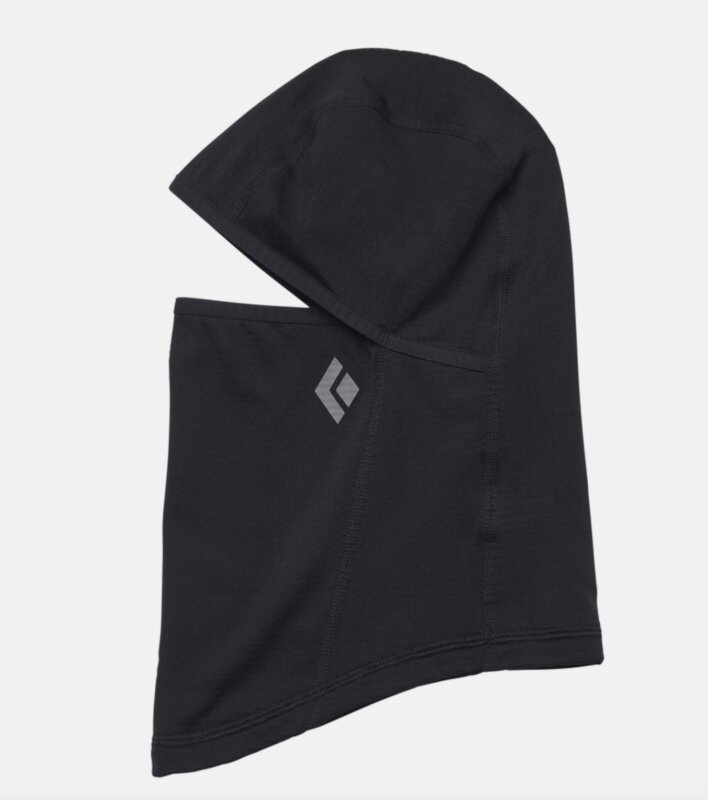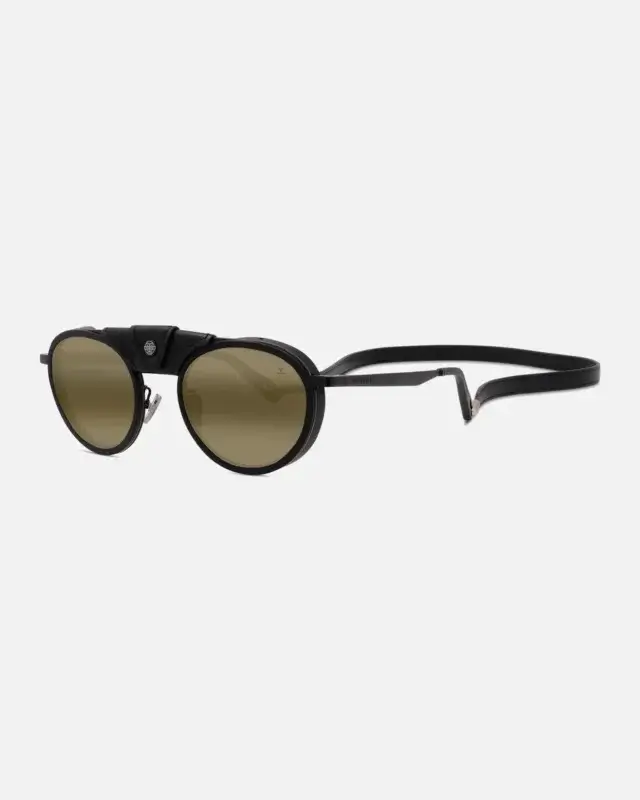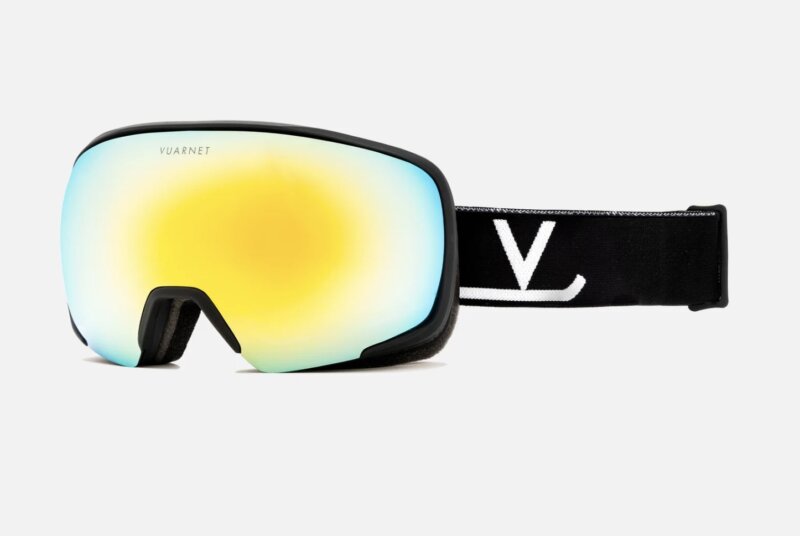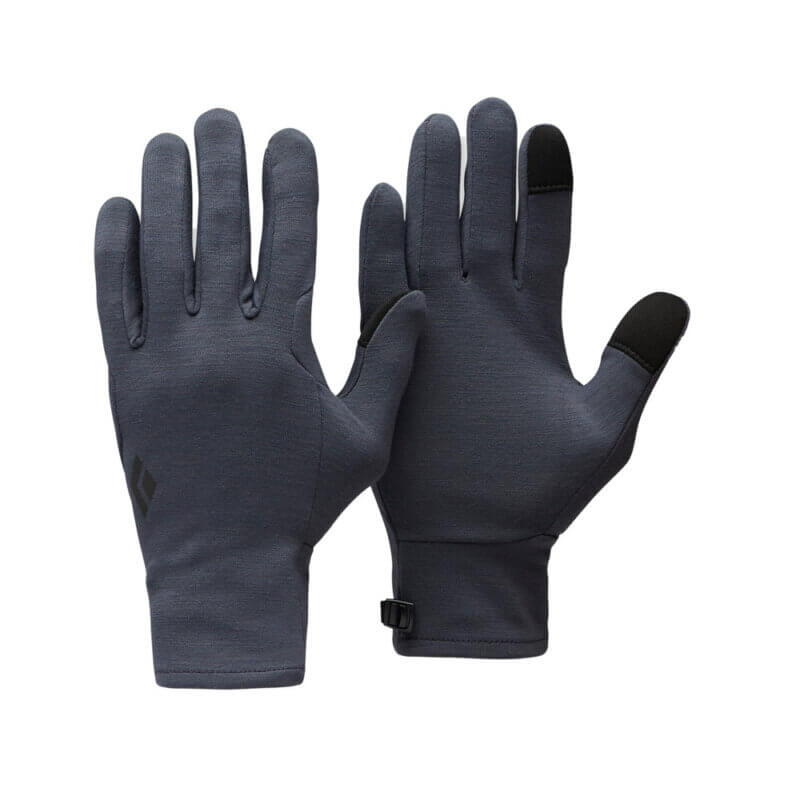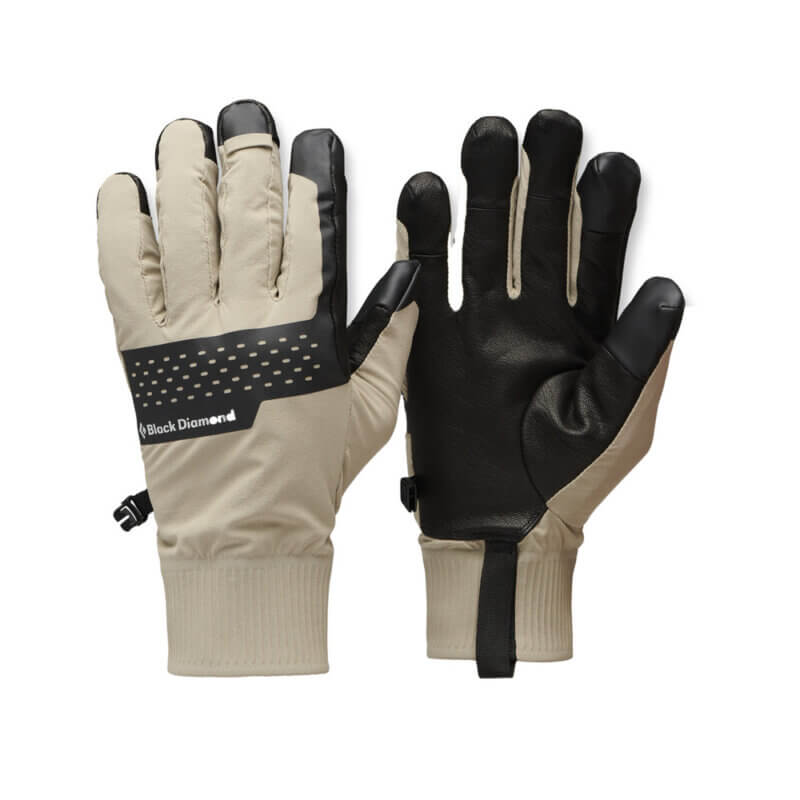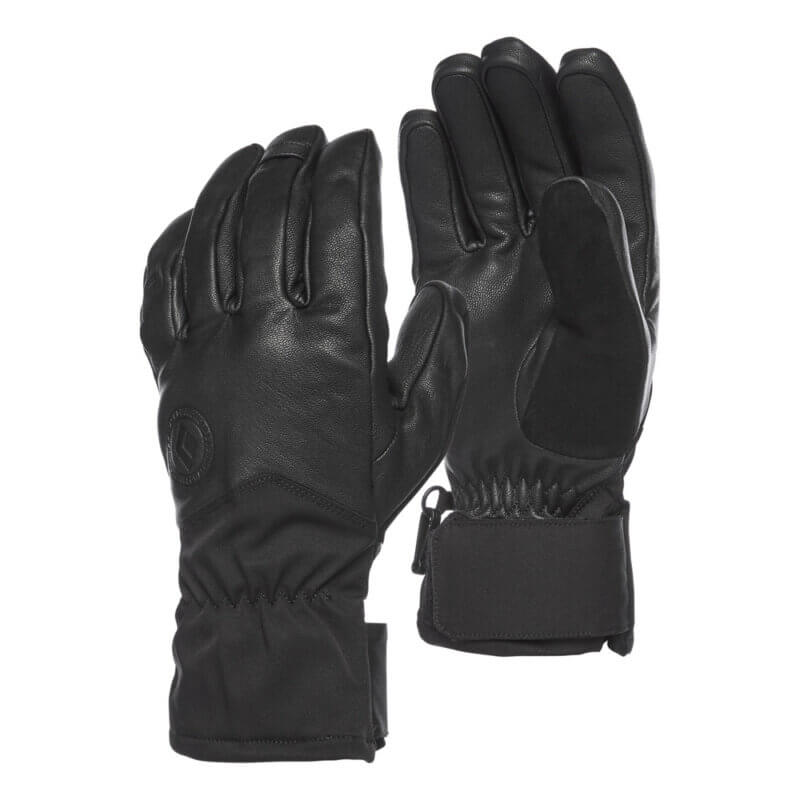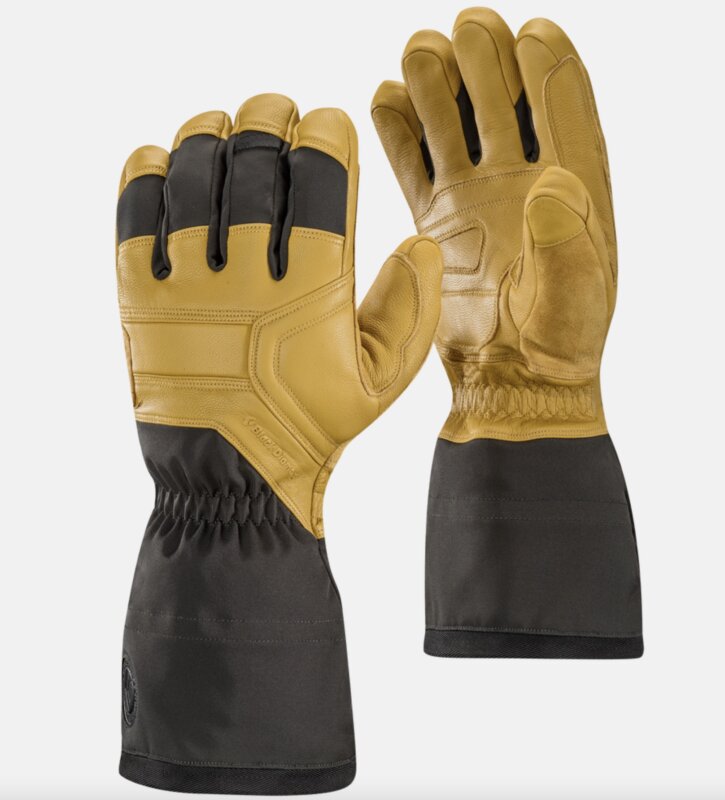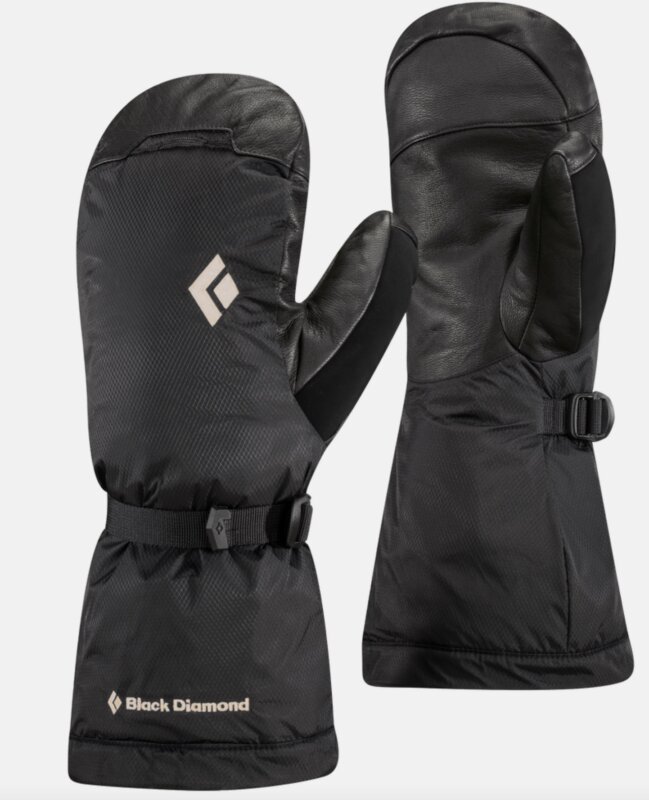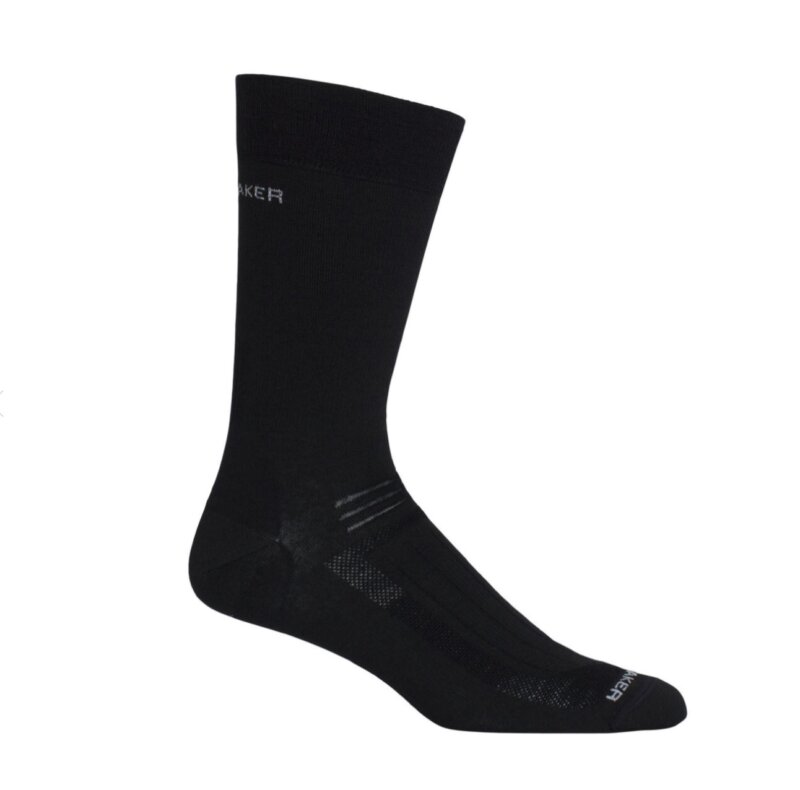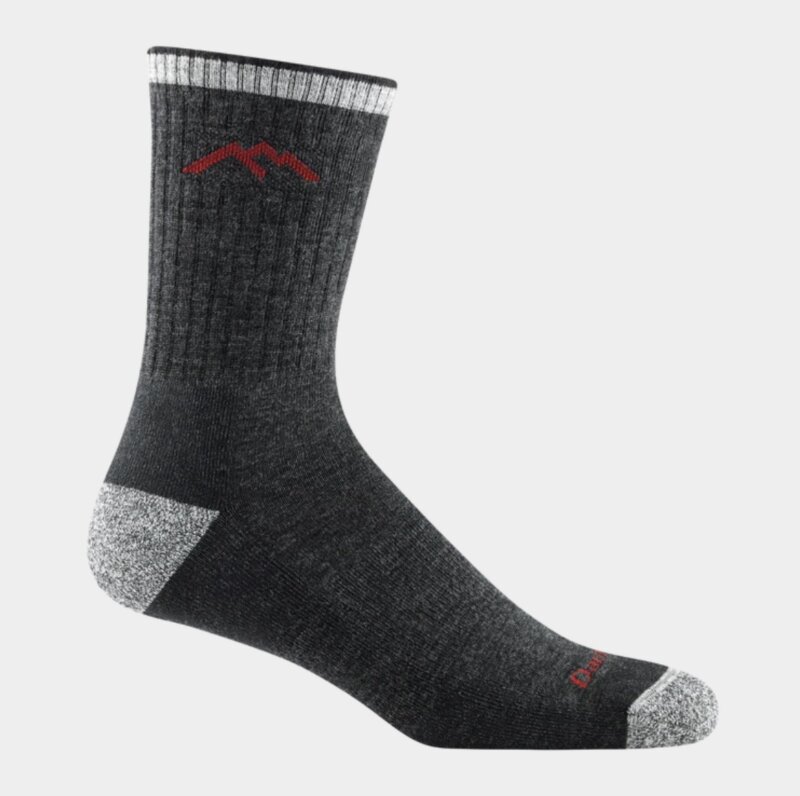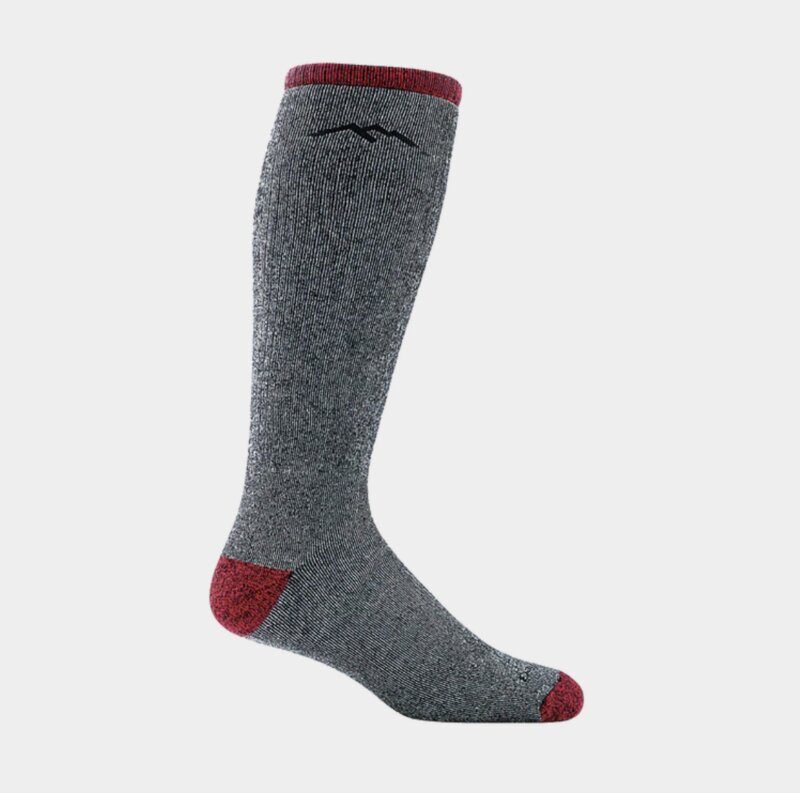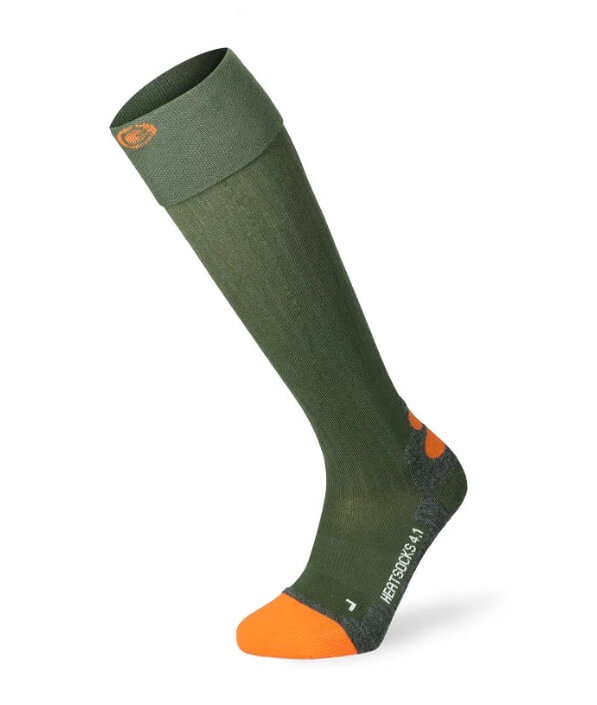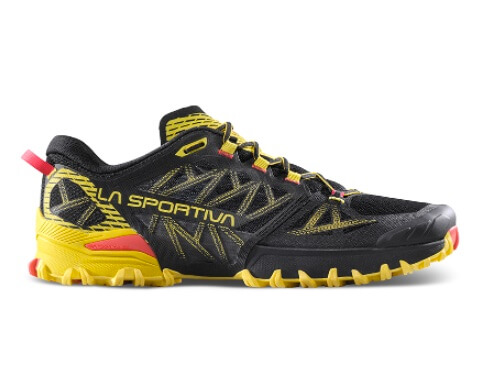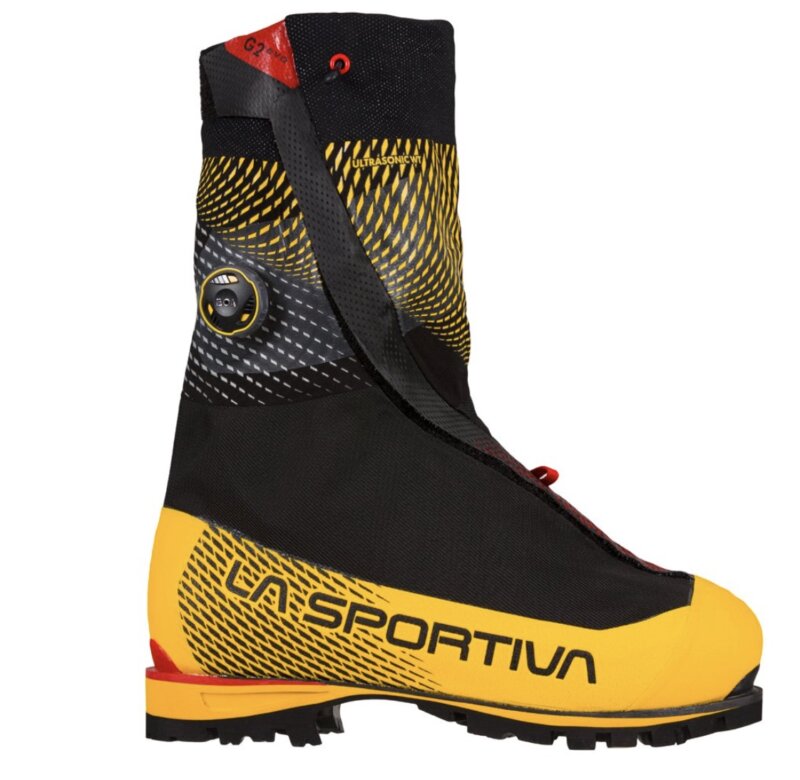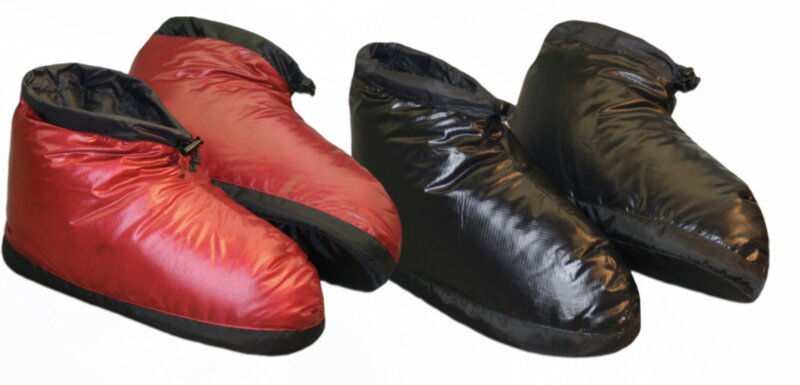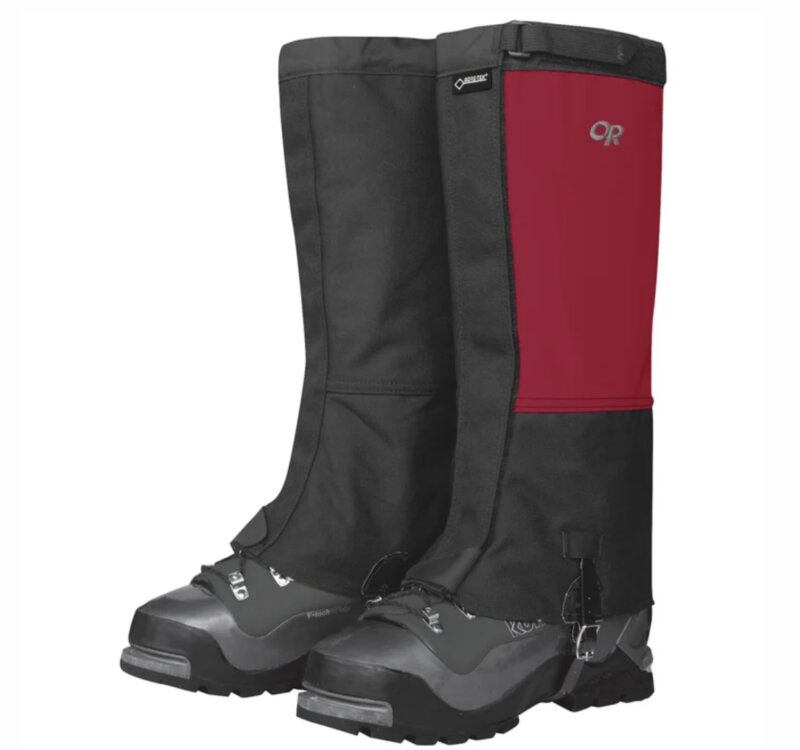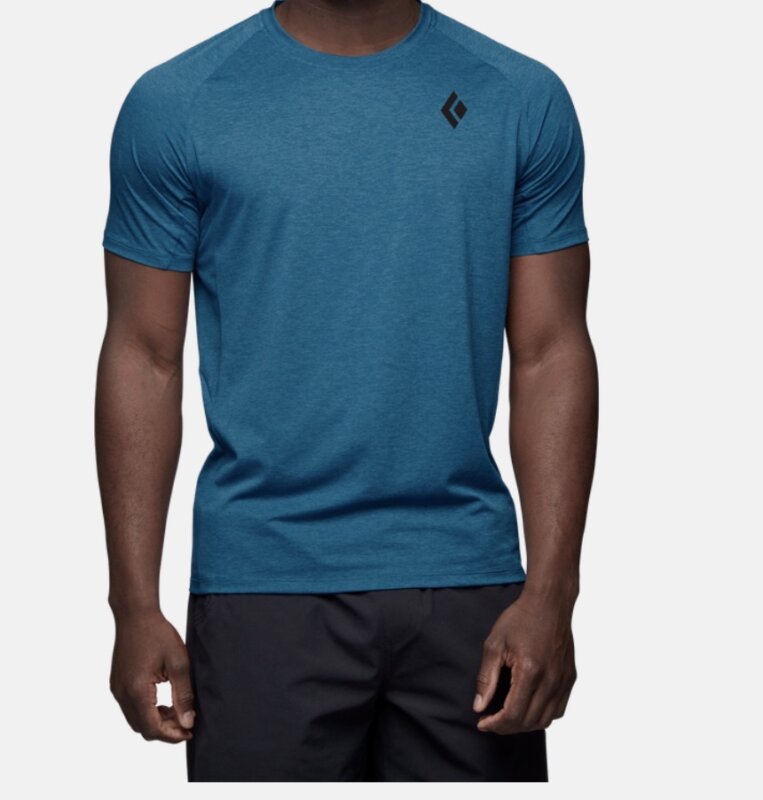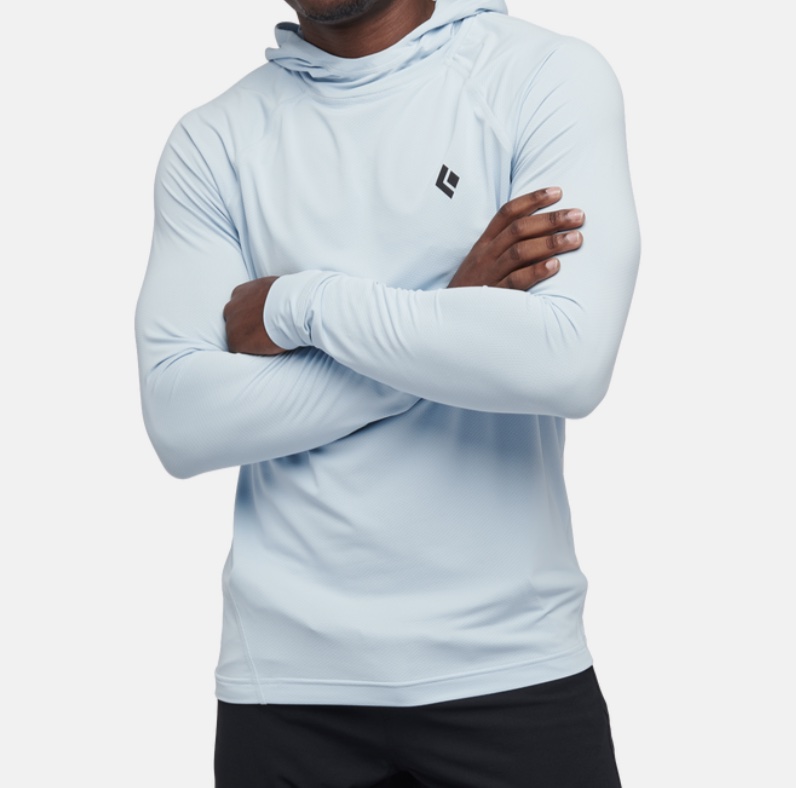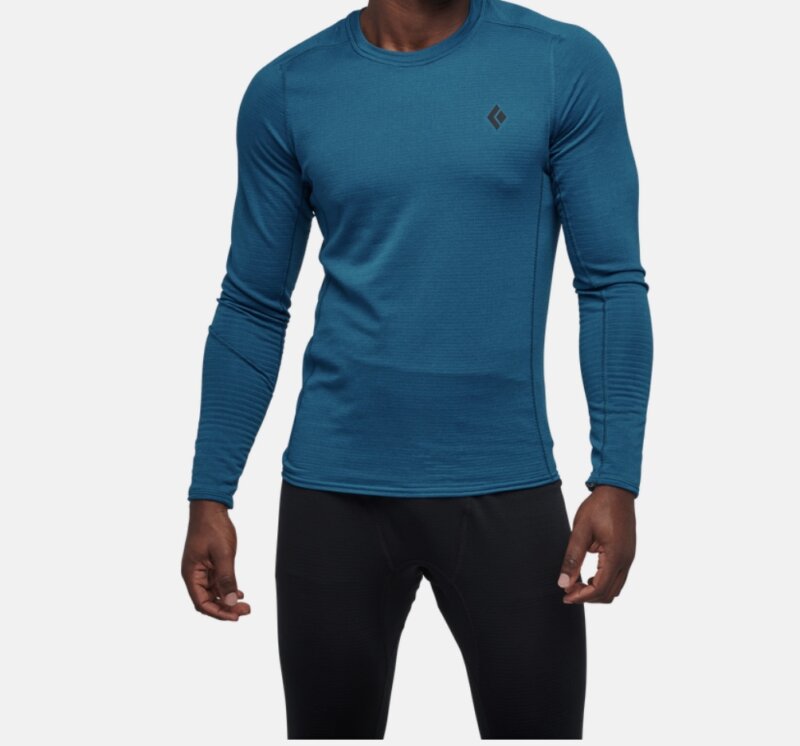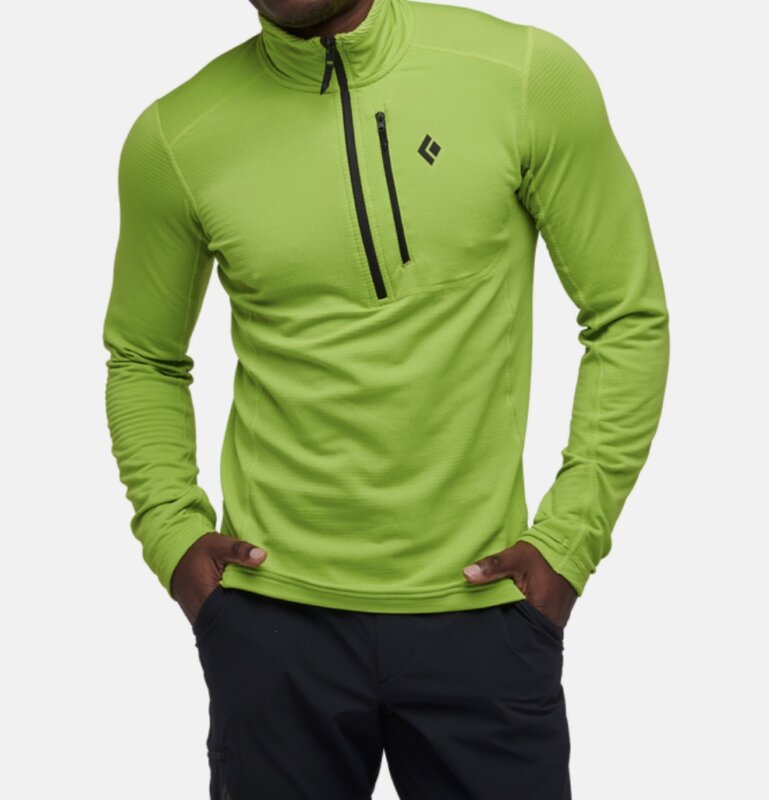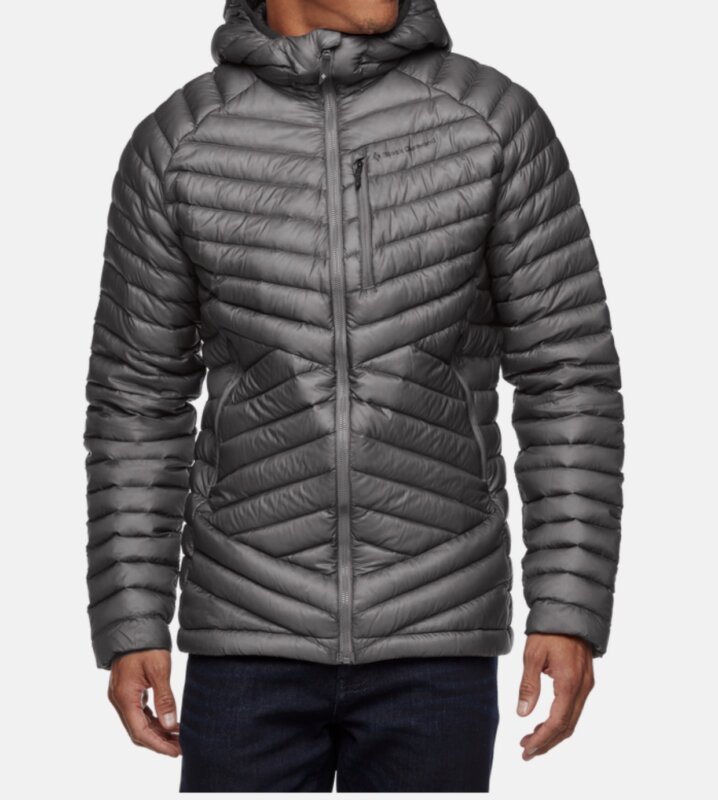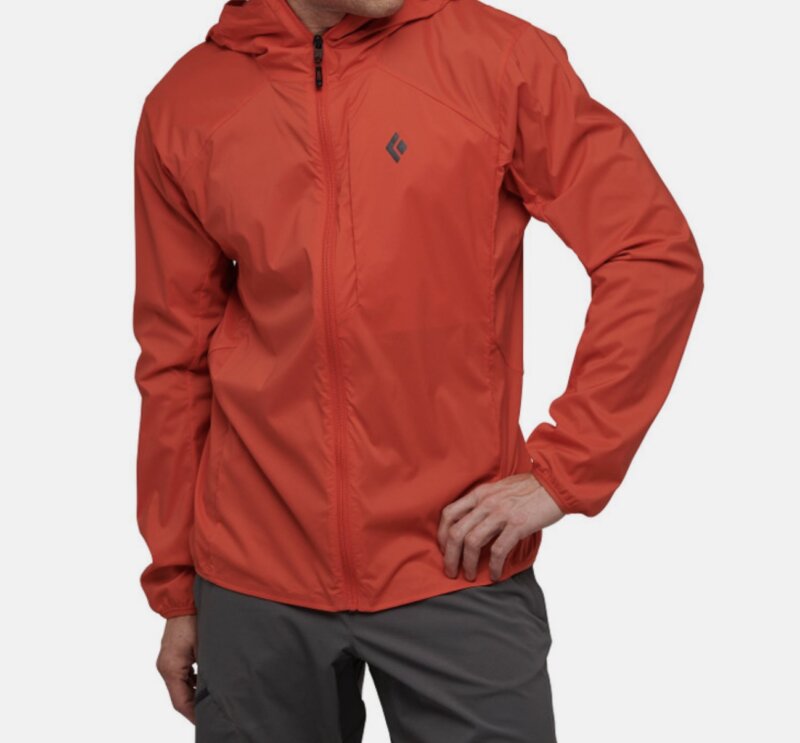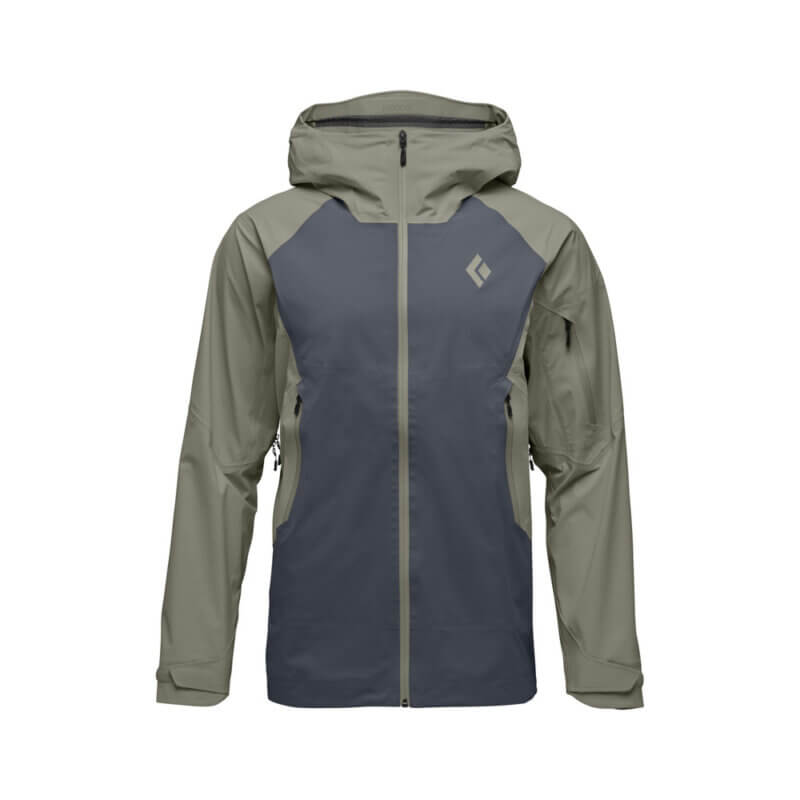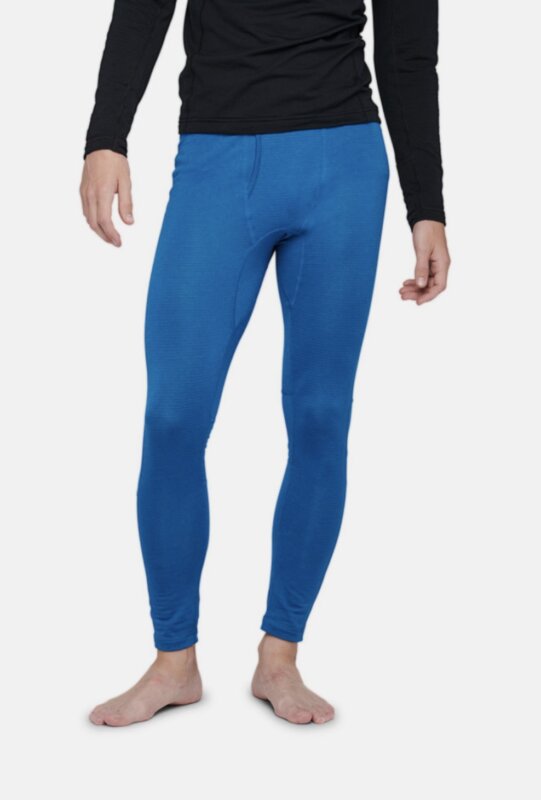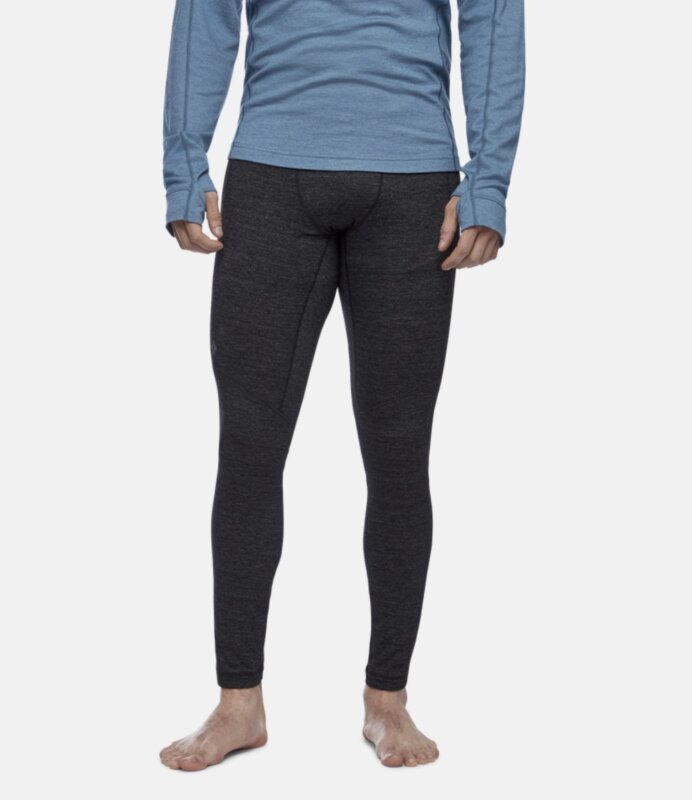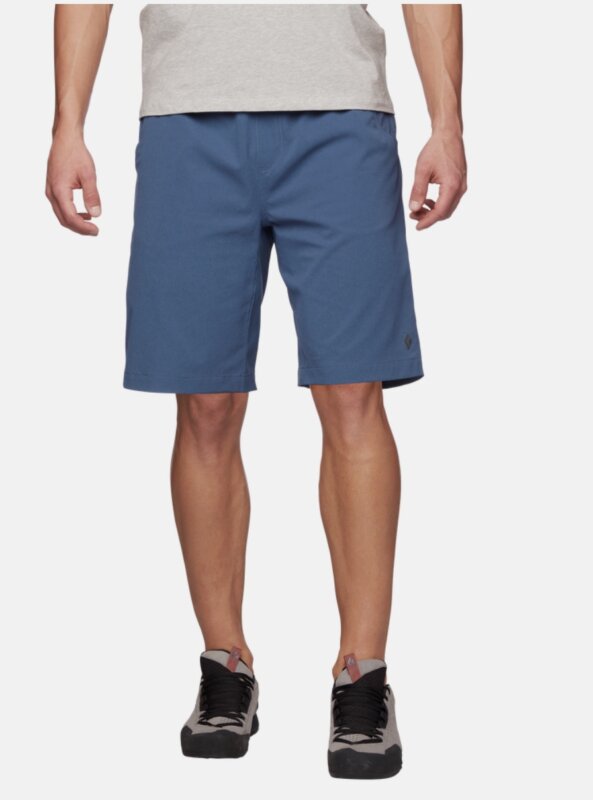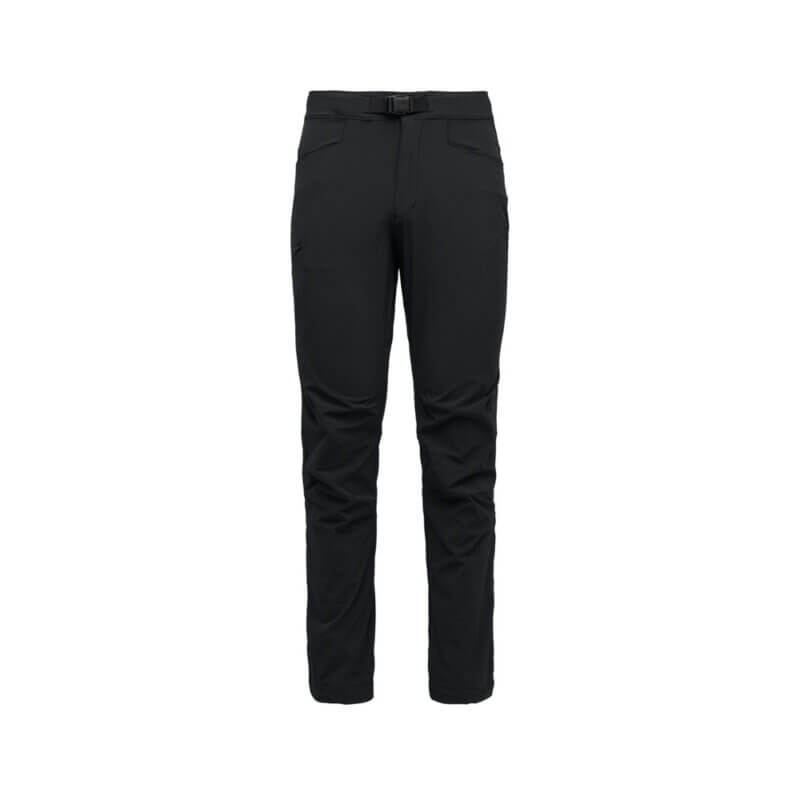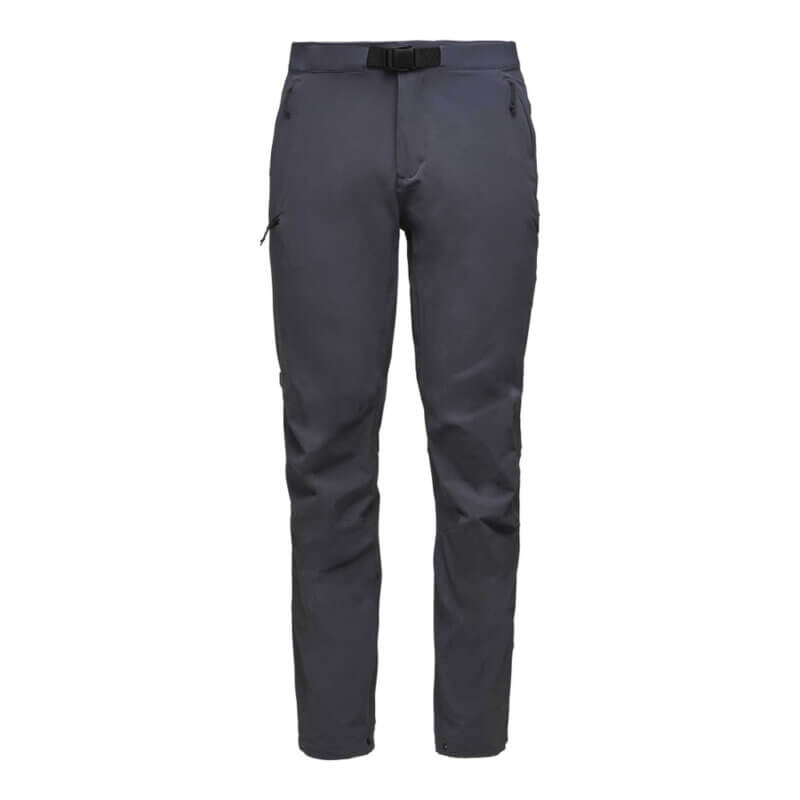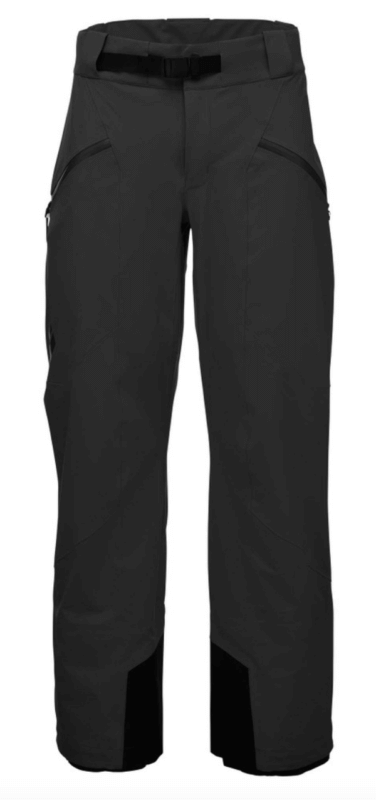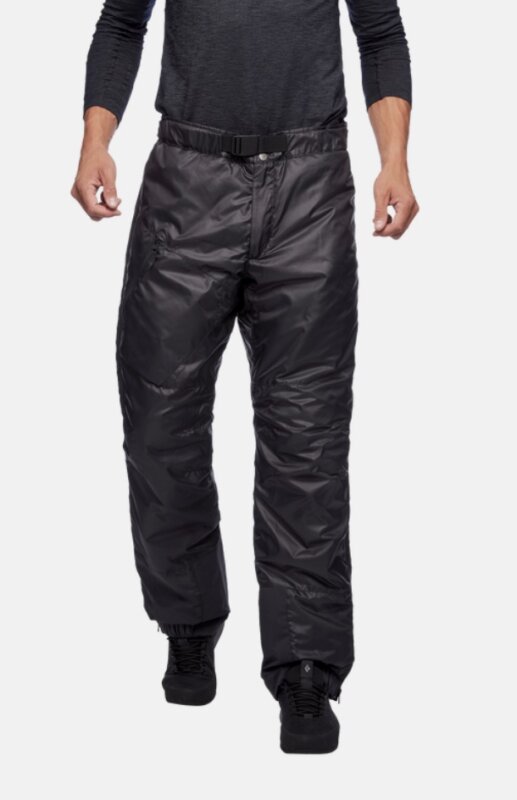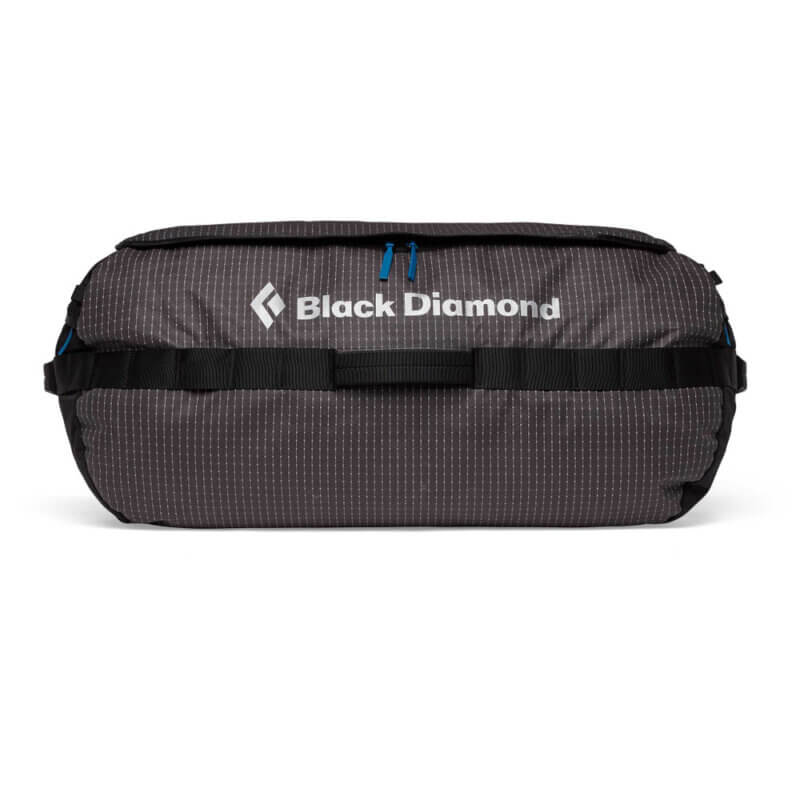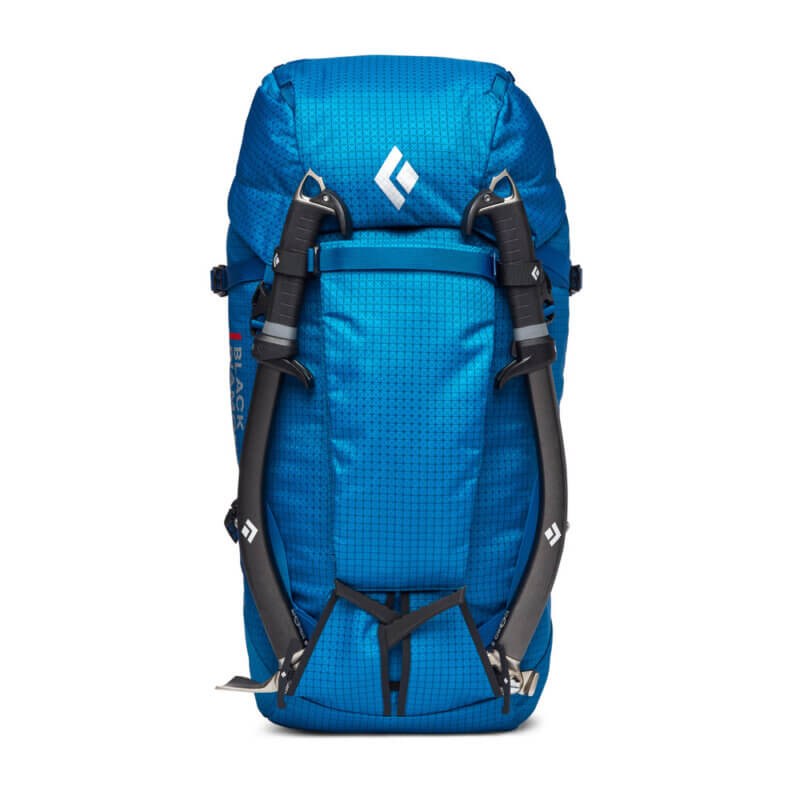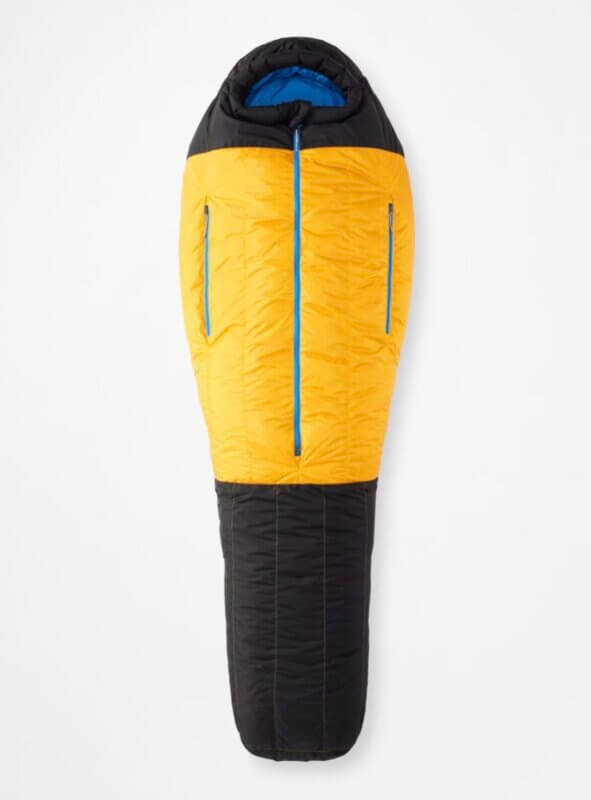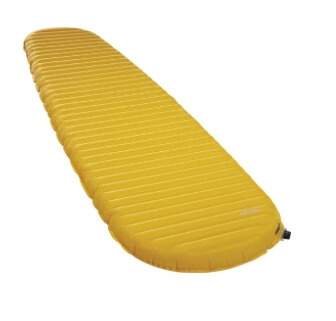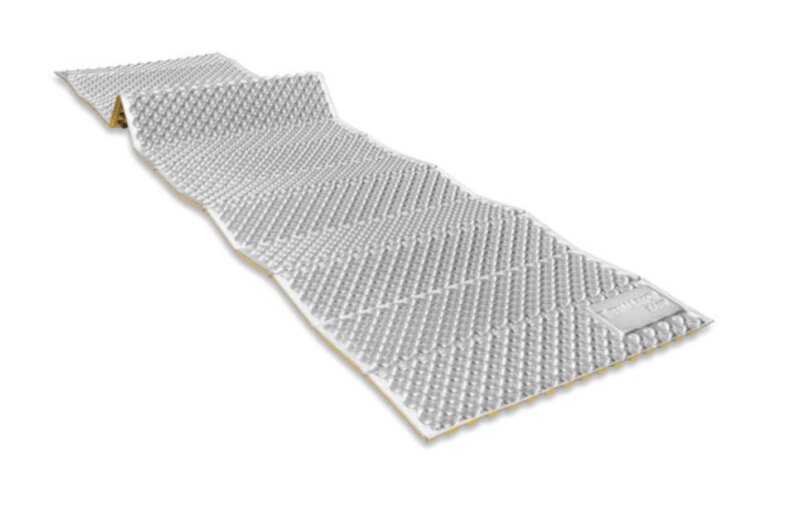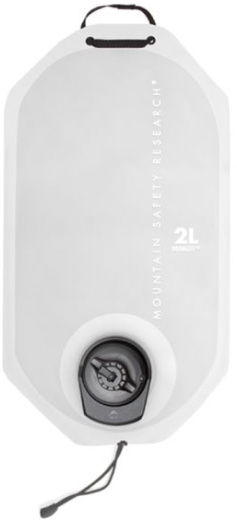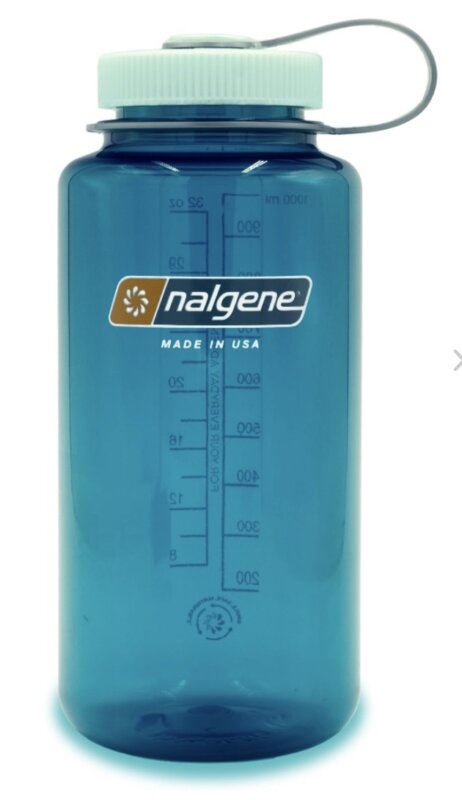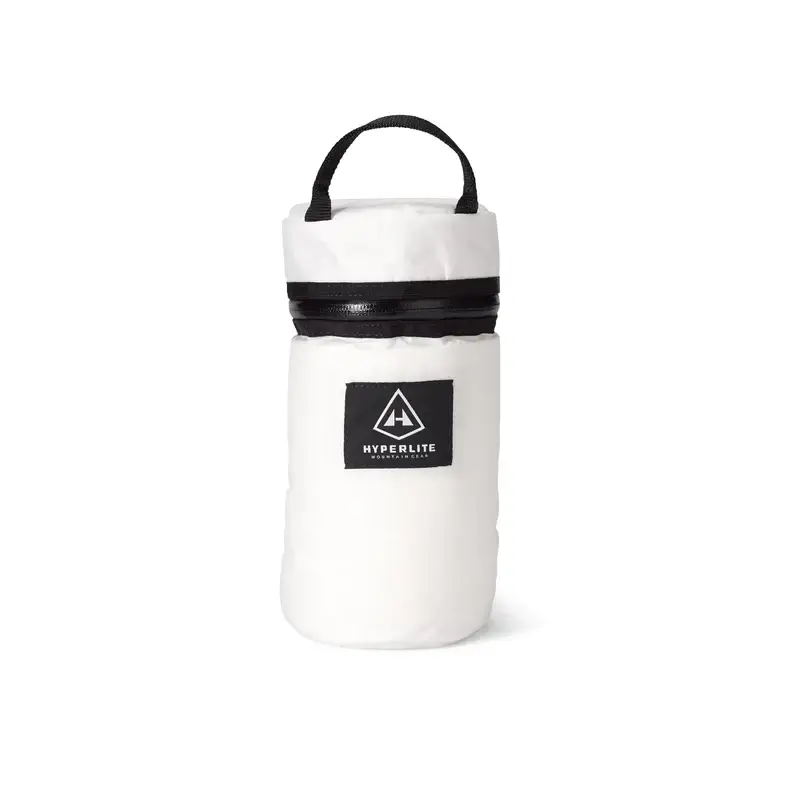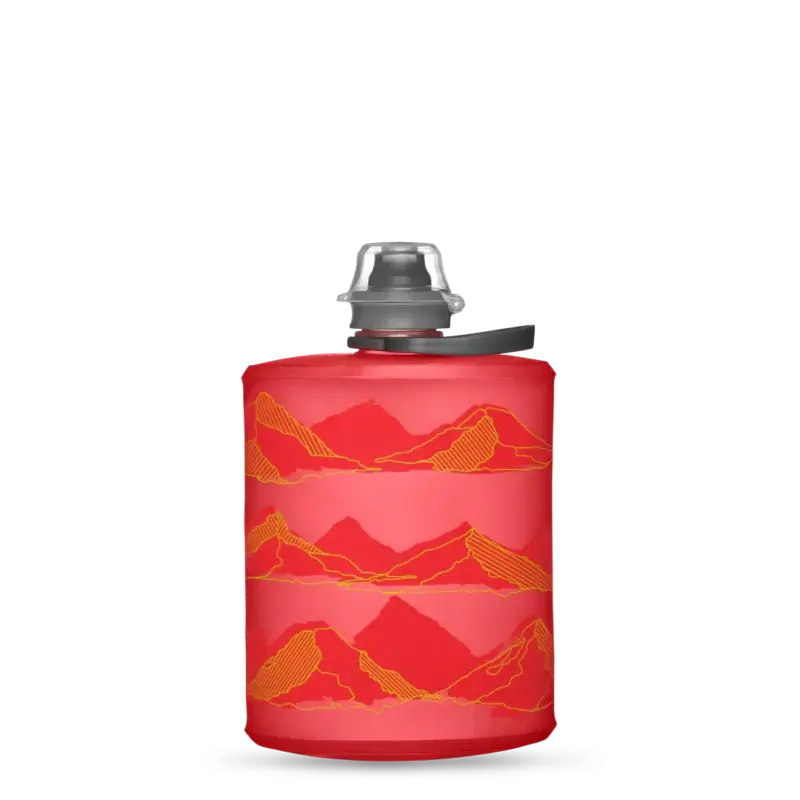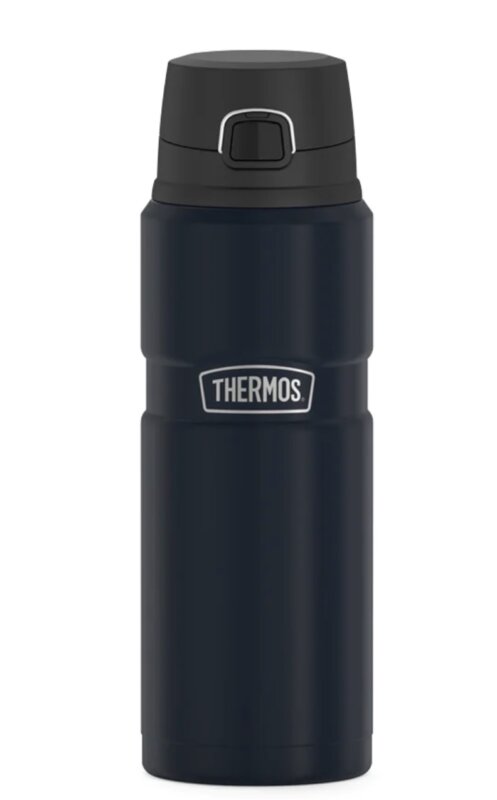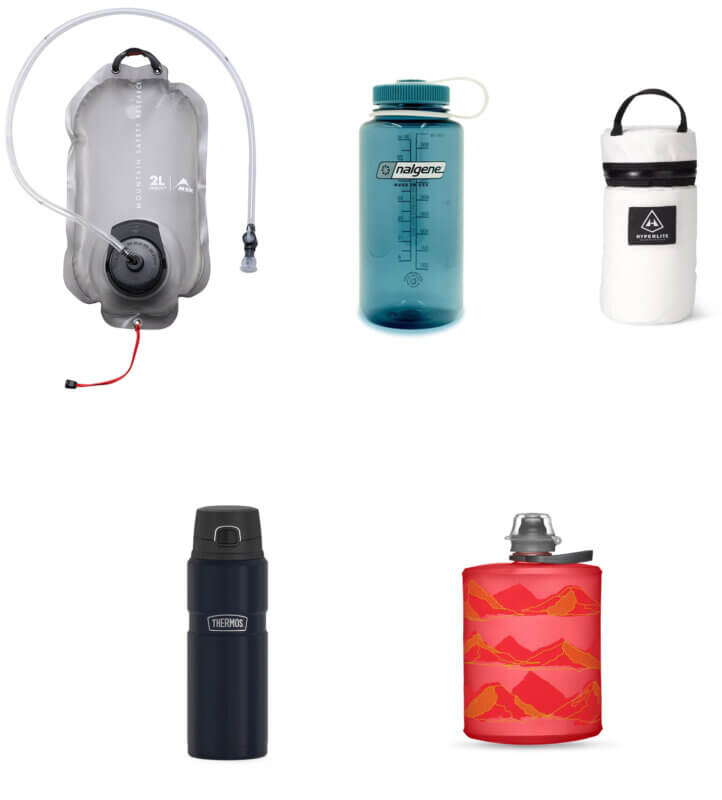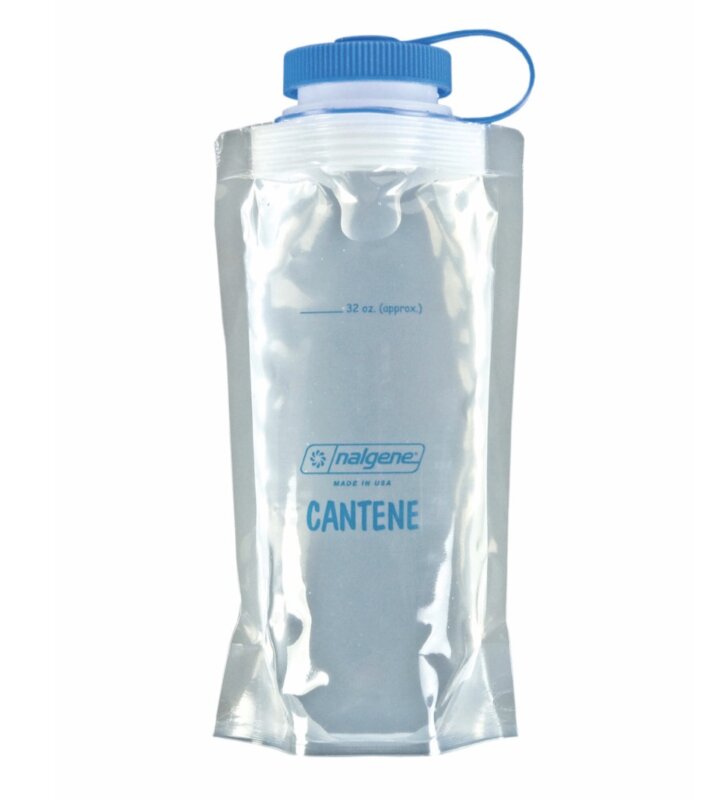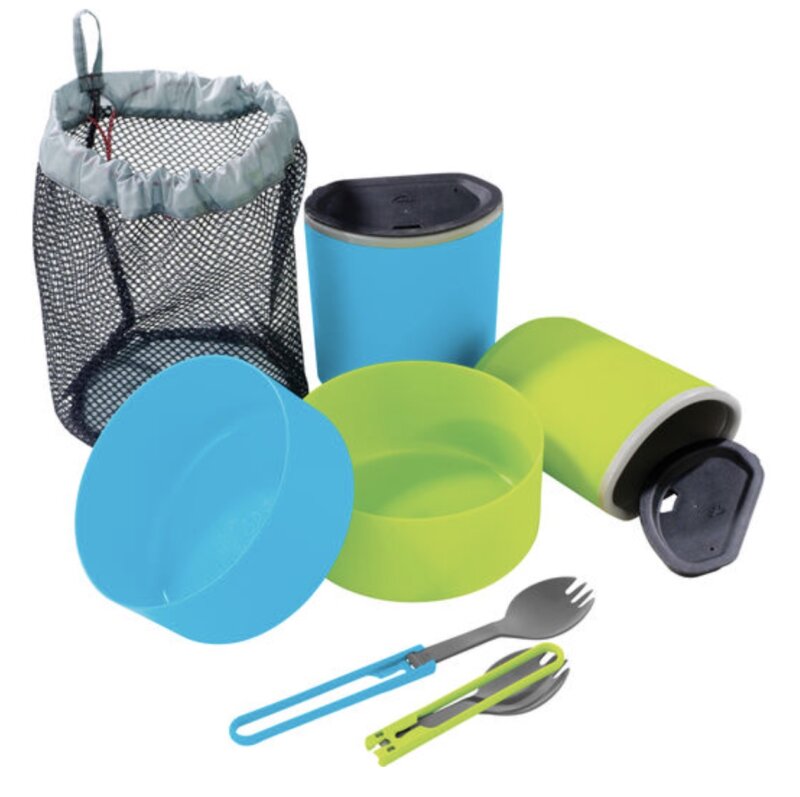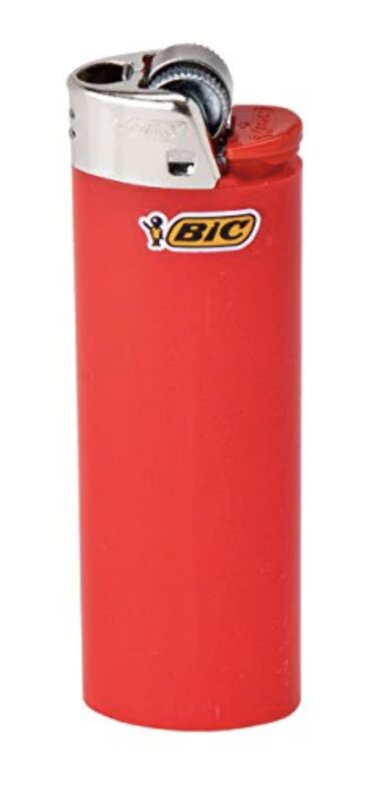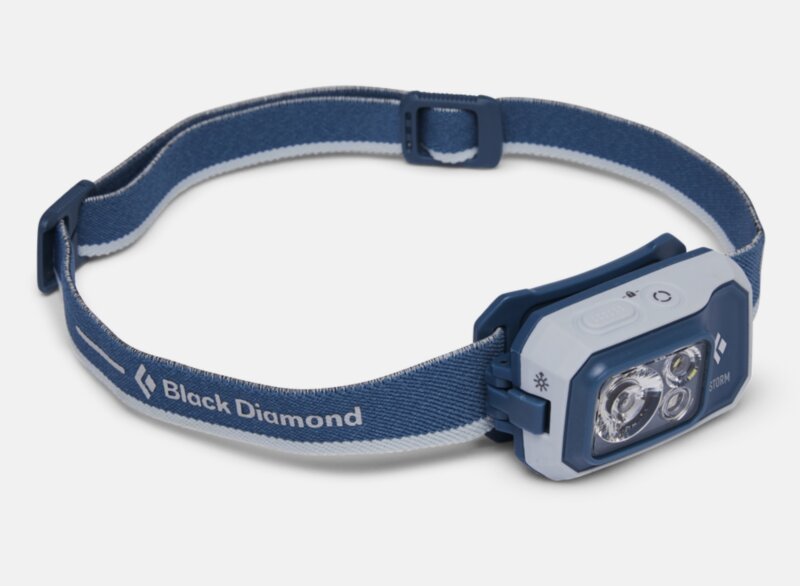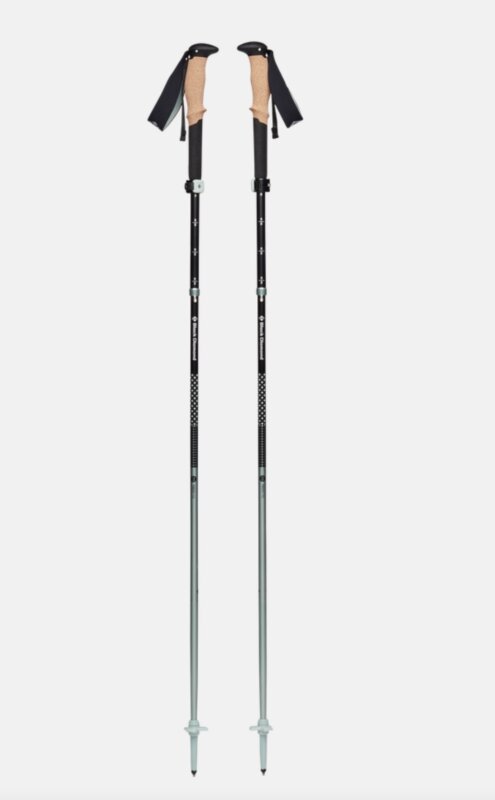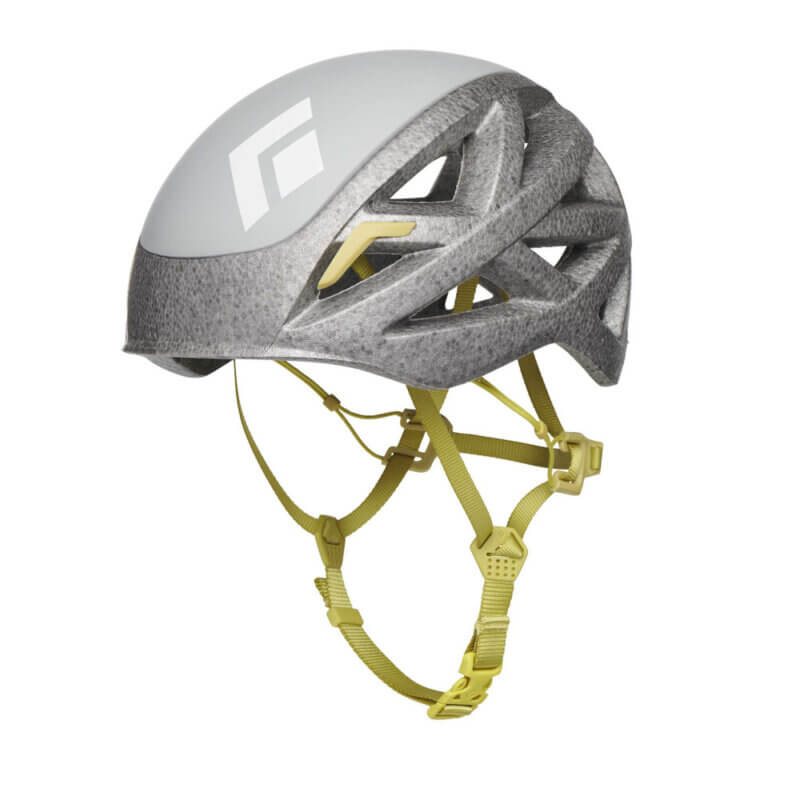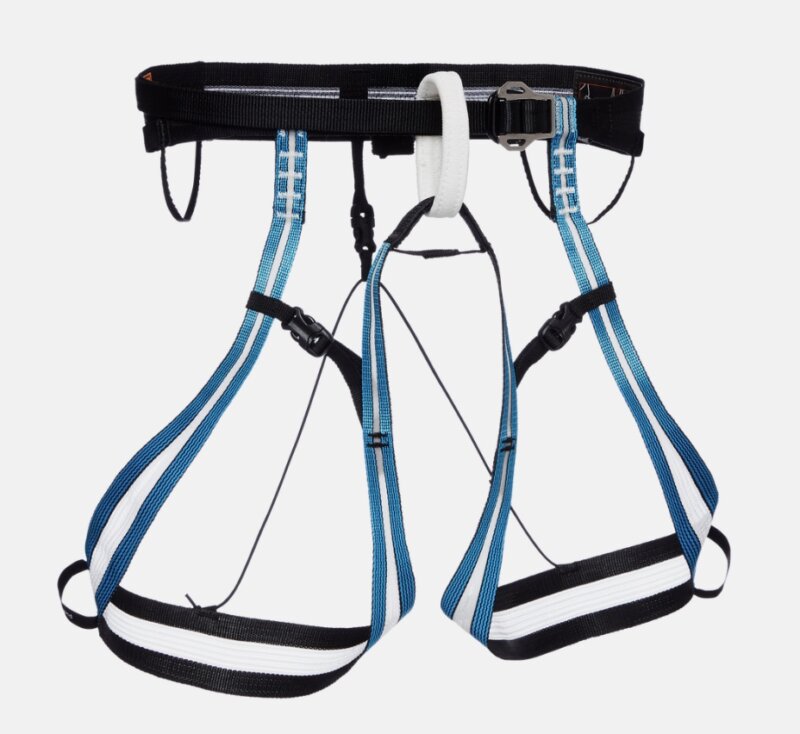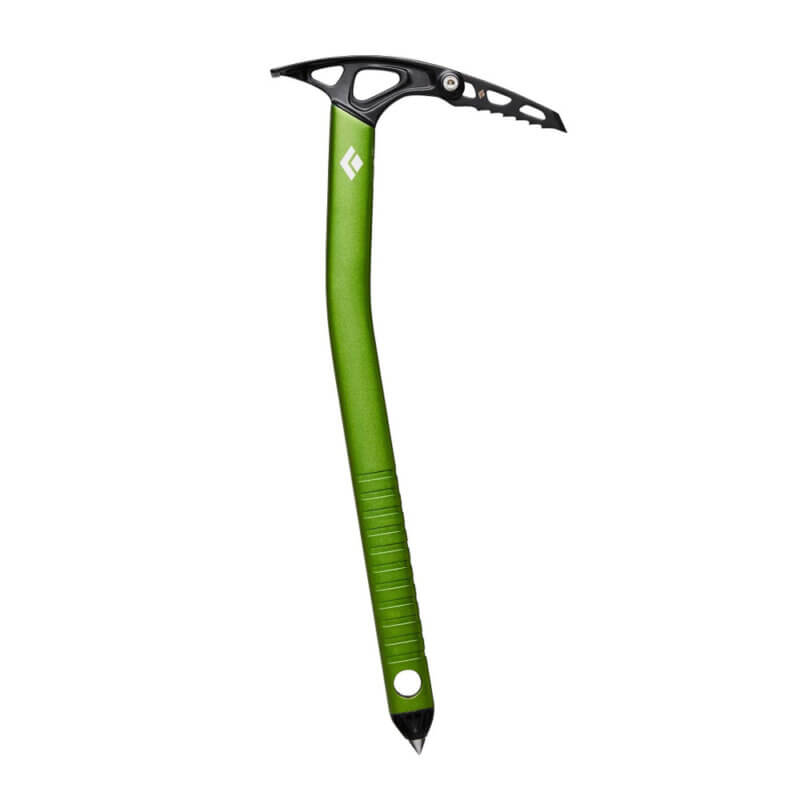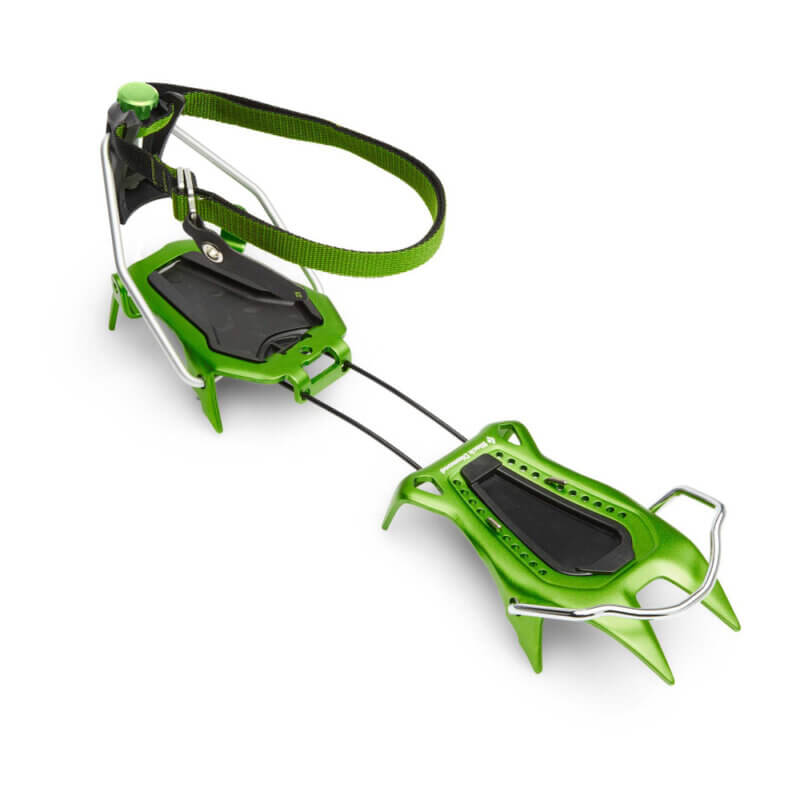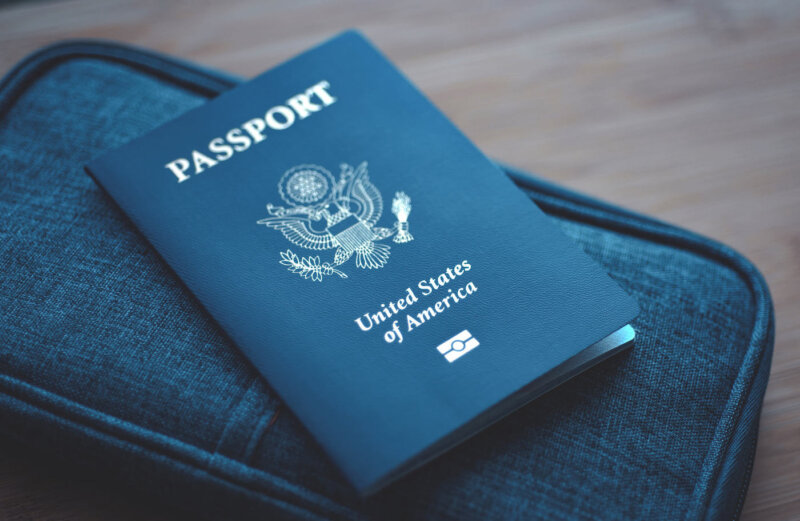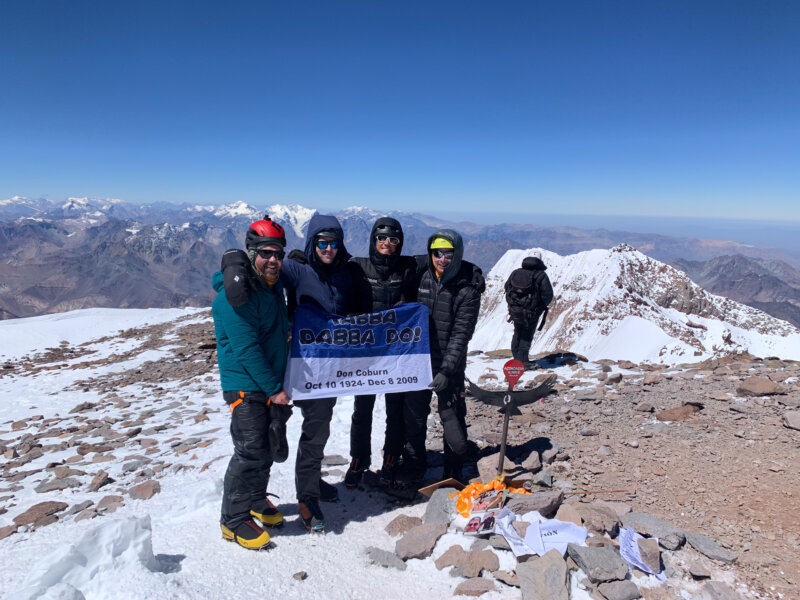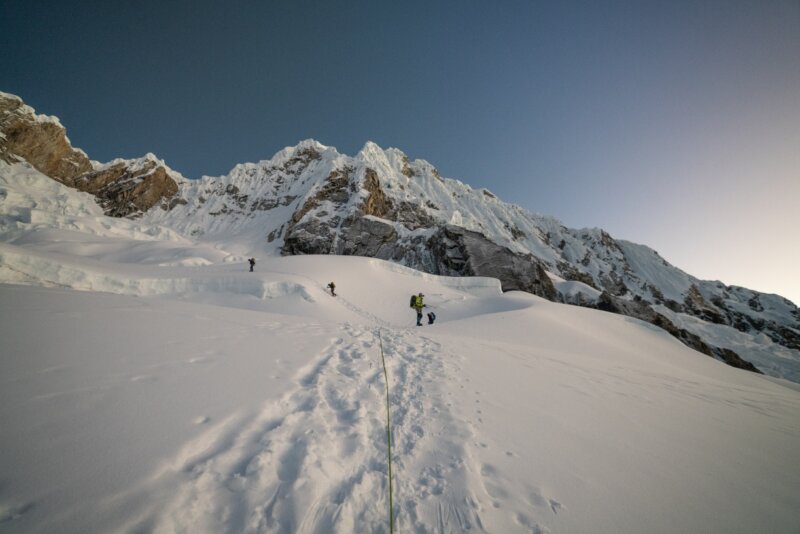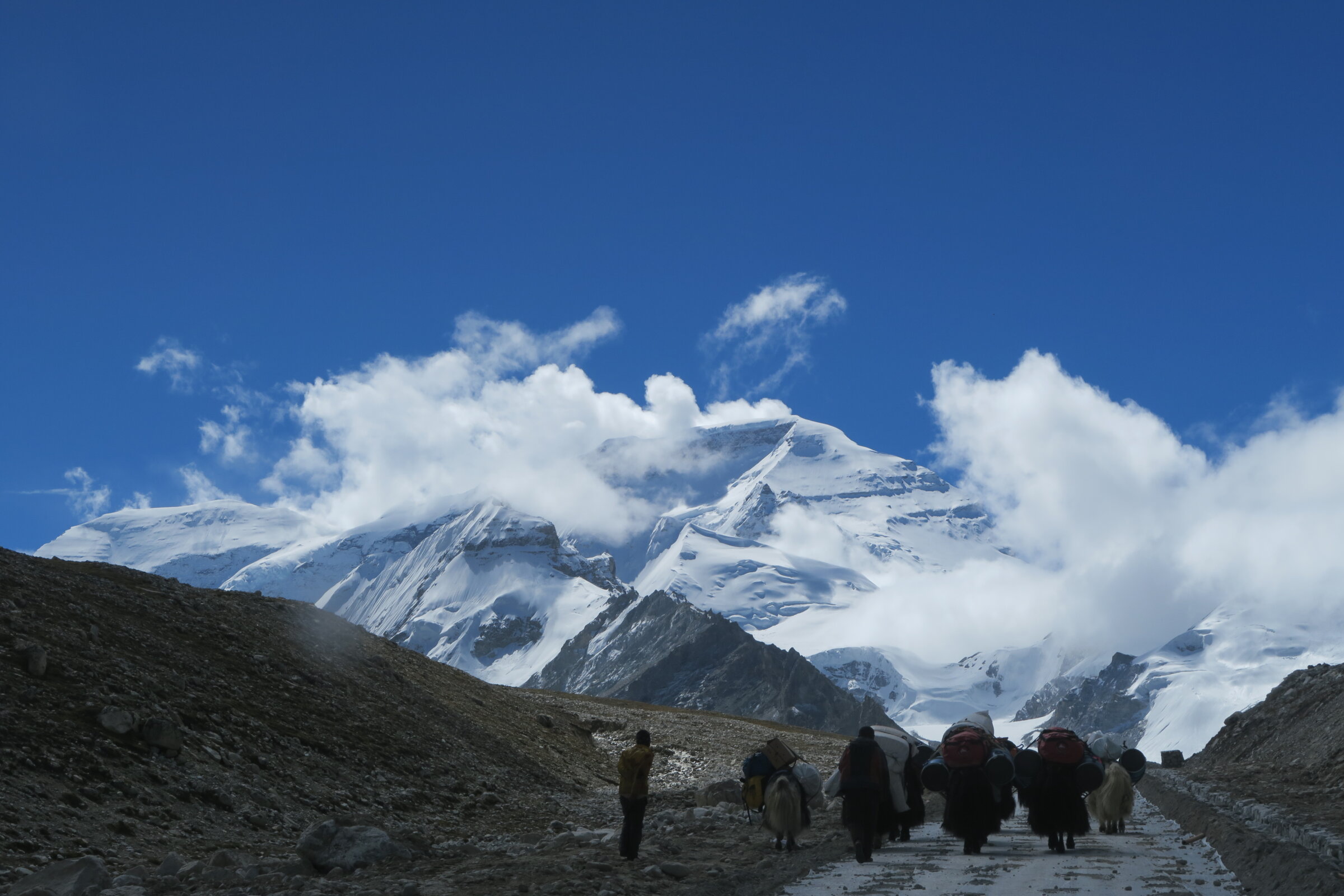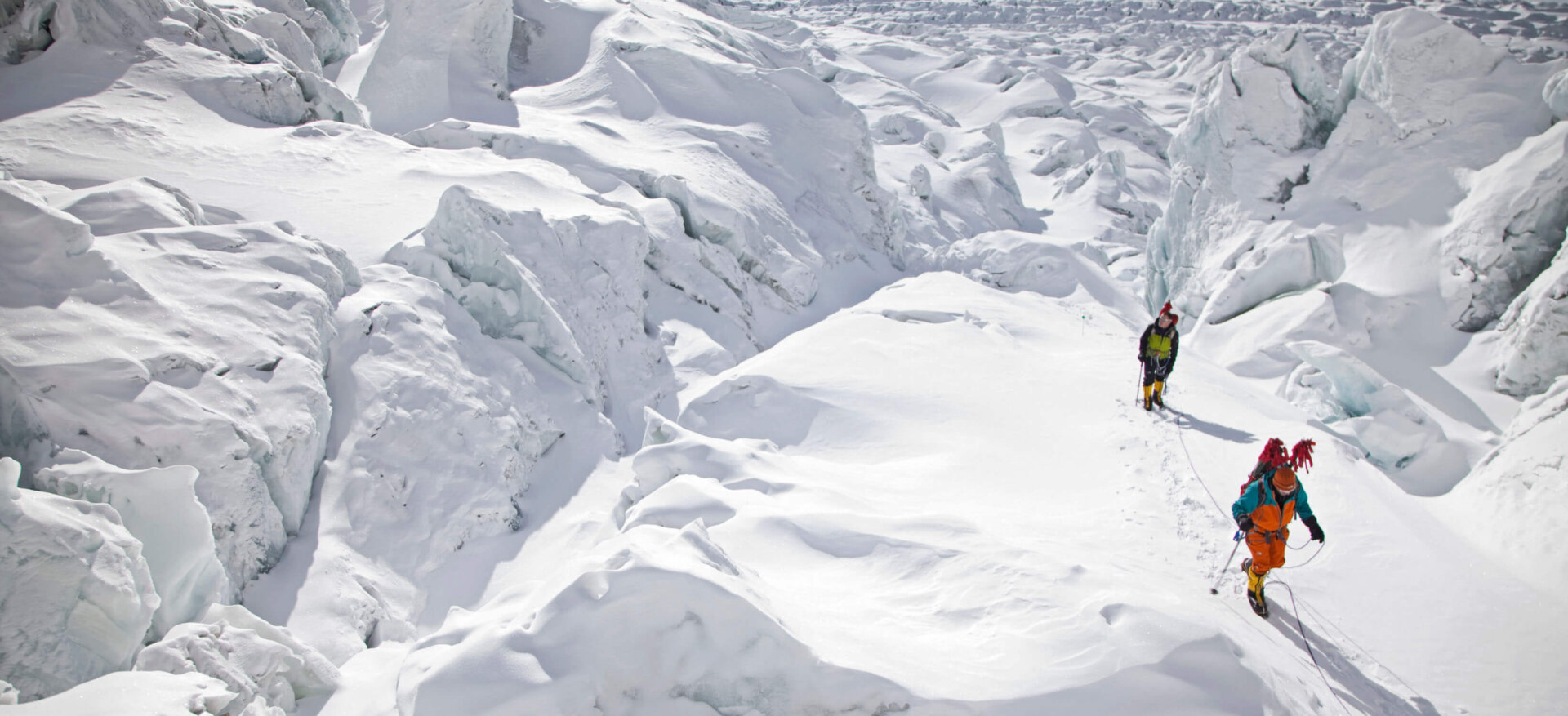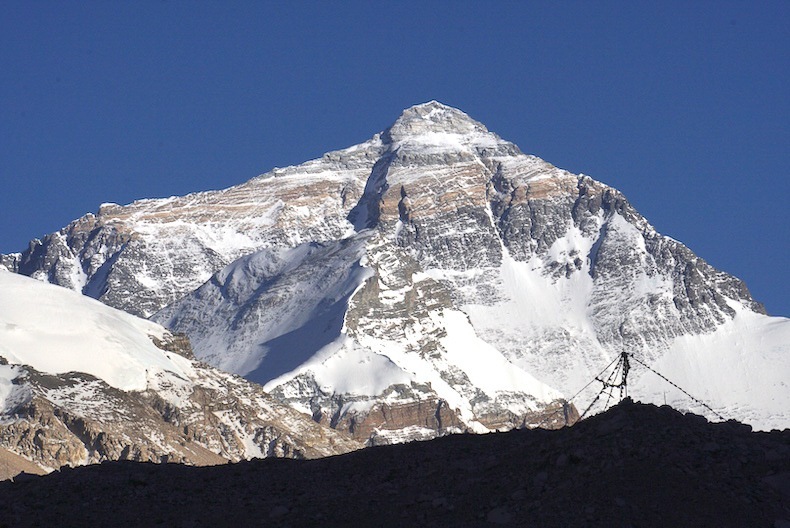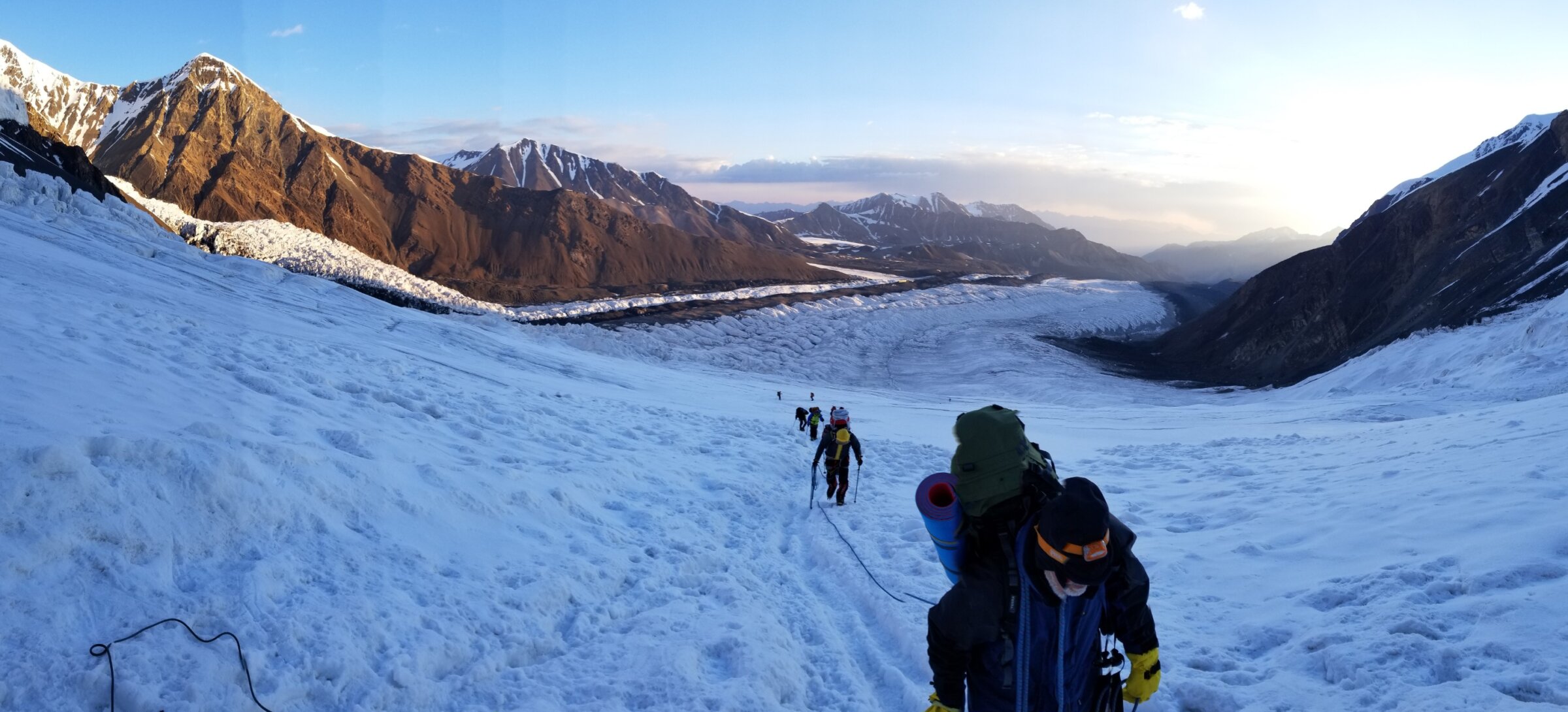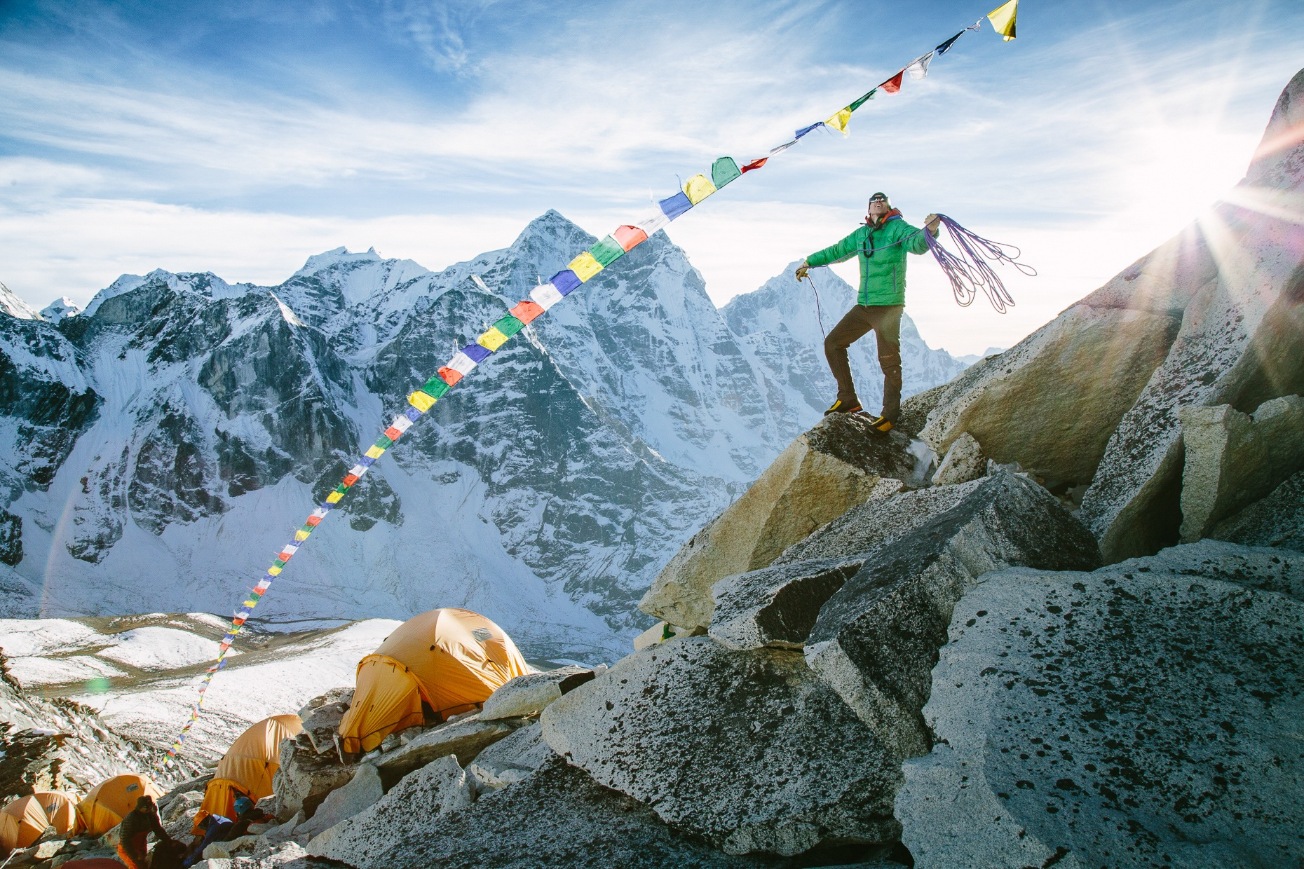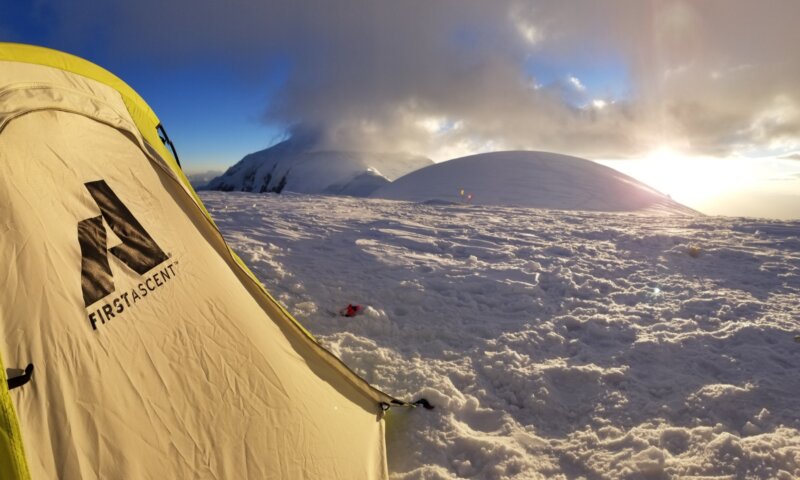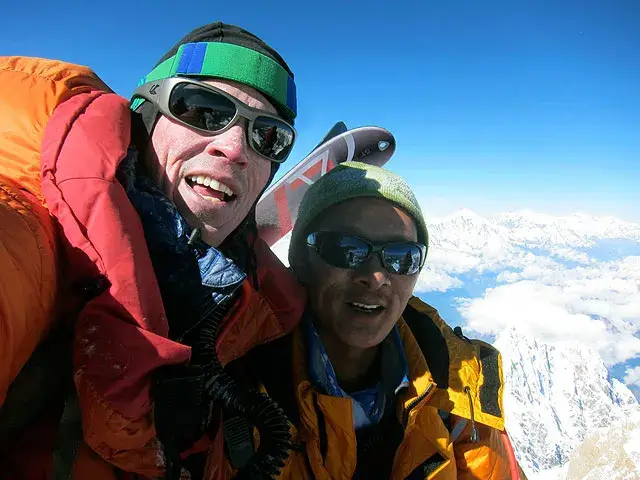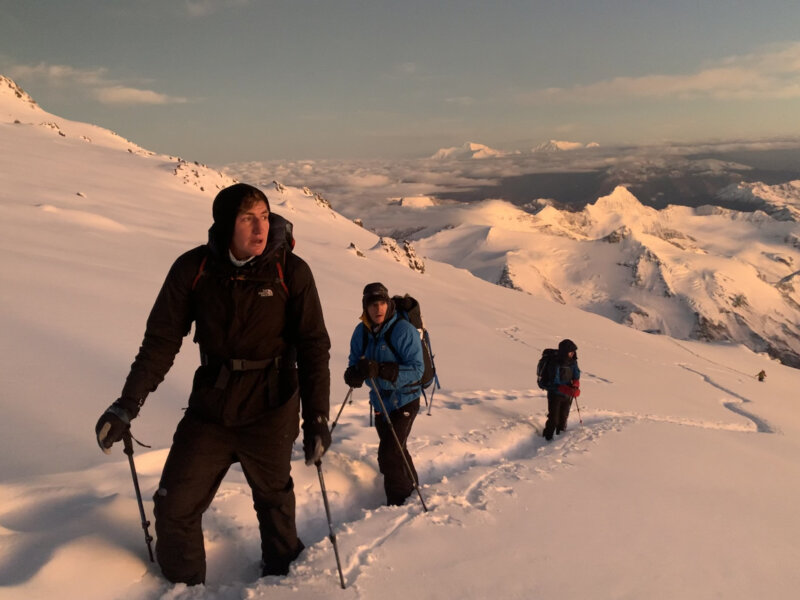Aconcagua Expedition
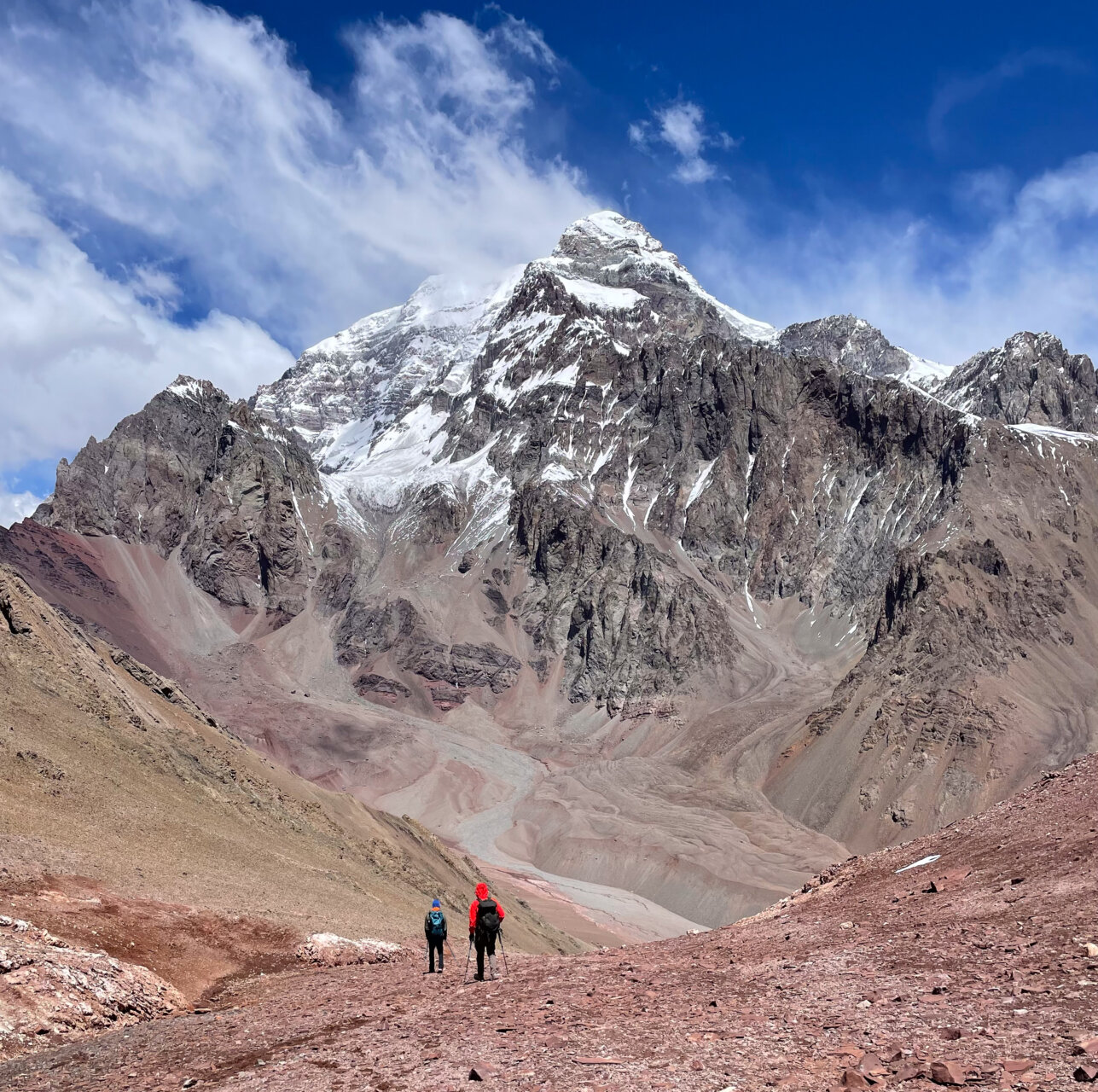
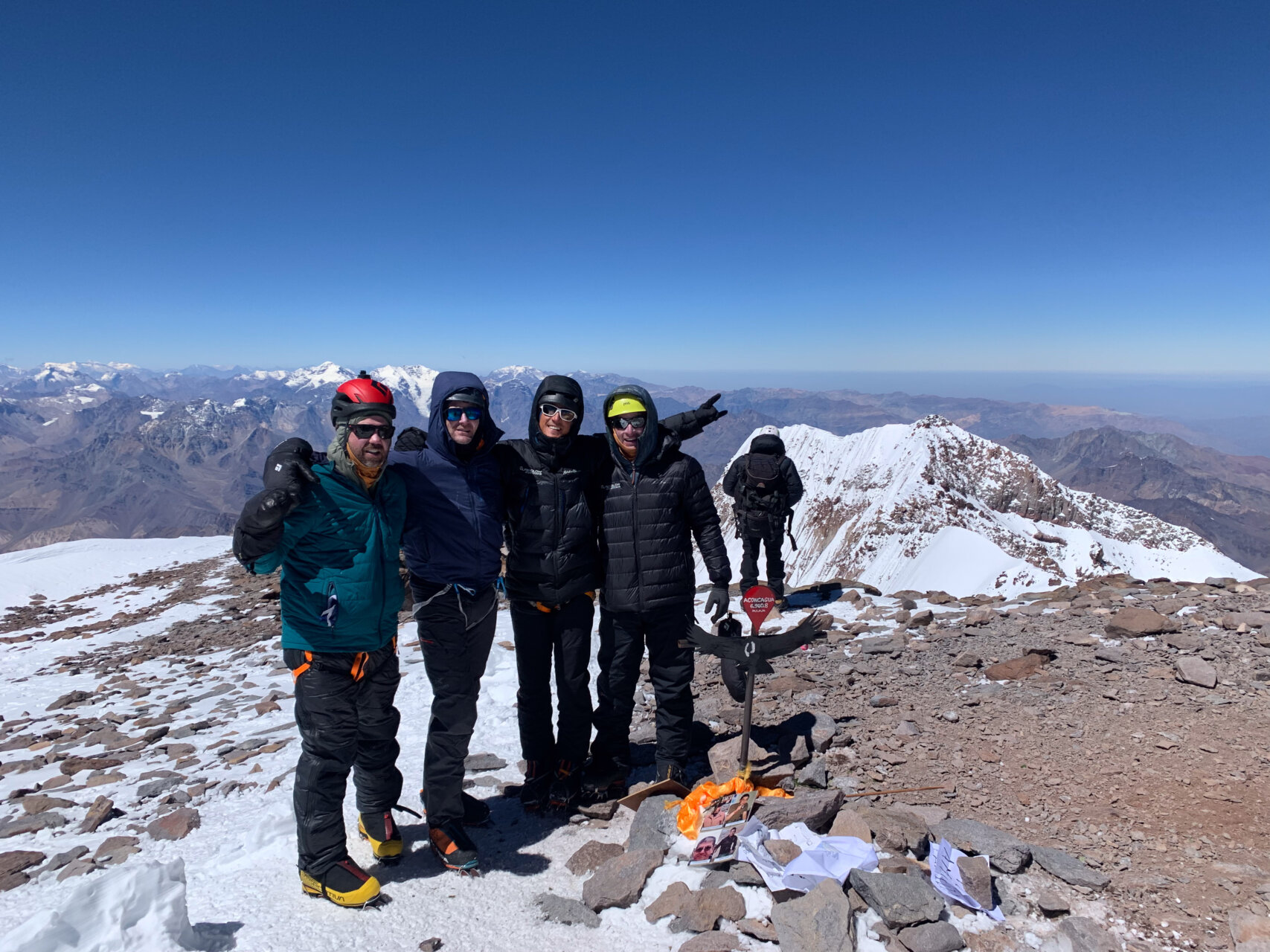
Aconcagua Rapid Ascent™ Expedition
Climb the tallest mountain in the America’s in just 14 days.
Peaking above the clouds at 22,841 feet/6,962m, Aconcagua is impressive both in stature and beauty. The tallest peak in the Western hemisphere is the ideal training ground for 8,000 meter peaks. While it is possible to climb Aconcagua without prior technical experience, inclement weather often deters inexperienced mountaineers. The peak is fraught with massive storms that produce freezing temperatures and savage winds.
Summit Aconcagua
A summit of Aconcagua is a proud achievement, requiring critical preparation and dedication. The climb demands extensive acclimatization (made easier by Alpenglow’s unique Rapid Ascent™ approach), setting up camps, and carrying heavy loads (although reduced by Alpenglow’s use of extra porters). A summit bid is no small feat.
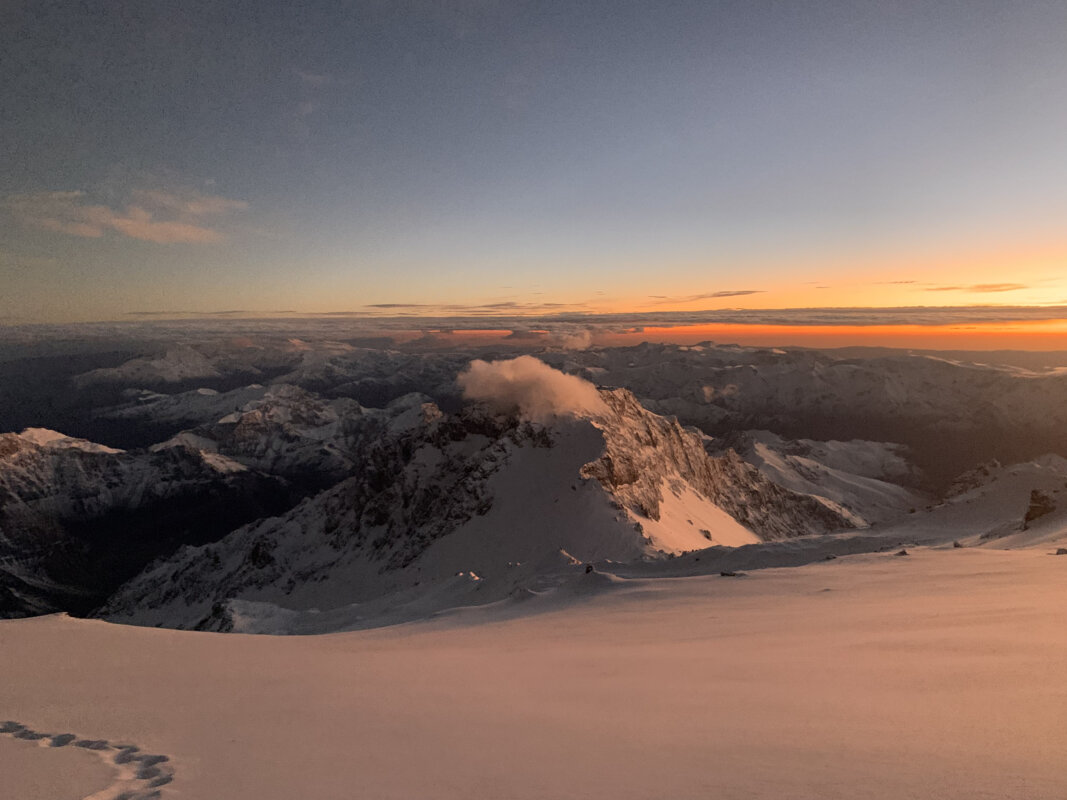
- Day 1
- Arrival
Arrive in Mendoza, Argentina by early afternoon. This small city is famous for its wineries and traditional barbeque and steaks. We spend the day exploring the town, applying for our climbing permits and preparing for the climb.
Sleeping Elevation: 2,300’
Lodging: Diplomatic Hotel
Meals: None - Day 2
- Head to Penitentes
After obtaining permits, we will leave Mendoza by private van, for the town of Penitentes (8,500’/2,590m). Penitentes sits at the entrance to the valleys leading into Aconcagua. We will spend a couple of hours organizing equipment and food for our climb and then helicopter to base camp as soon as weather and timing allow (either this evening or tomorrow).
Distance Covered: 115 mile drive
Moving Hours: 3 hour drive
Elevation Gain/Loss: +5,900’
Sleeping Elevation: 8,900’ or 13,800’
Lodging: Hotel Ayalen or BC
Meals: Breakfast, Dinner - Day 3
- Helicopter to Base Camp or Acclimatization Day
Today, we might helicopter into base camp if we did not last night, or simply have an acclimatization day in base camp, getting used to life at this new altitude (13,800’/4,206m).
Distance Covered: Varies
Moving Hours: Varies
Elevation Gain/Loss: +5,000’
Sleeping Elevation: 13,800’
Lodging: Base Camp
Meals: Breakfast, Lunch, Dinner - Day 4
- Acclimatization Day
We’ll spend the day acclimatizing and preparing for our summit push. We’ll likely go on a short hike to warm up for the start of our summit bid the following day.
Distance Covered: Varies
Moving Hours: Varies
Elevation Gain/Loss: +5,000’
Sleeping Elevation: 13,800’
Lodging: Base Camp
Meals: Breakfast, Lunch, Dinner - Day 5
- Climb to Camp 1
Today we’ll start our journey to the summit of Aconcagua. We’ll start up the trail, making switchbacks up the mountain until we reach C1 at 16,500’/5,030m.
Distance Covered: 3 miles
Moving Hours: 4-6 hours
Elevation Gain/Loss: +2,700’
Sleeping Elevation: 16,500’
Lodging: Camp 1
Meals: Breakfast, Lunch, Dinner - Day 6
- Acclimatization Hike
Today we’ll take an acclimatization hike, potentially tagging C2 at 18,000’/5,486m before returning to C1. We’ll be following the age old strategy of climbing high and sleeping low as we gain altitude.
Distance Covered: 1-2 miles
Moving Hours: 3-4 hours
Elevation Gain/Loss: +/- 1,500’
Sleeping Elevation: 16,500’
Lodging: Camp 1
Meals: Breakfast, Lunch & Dinner - Day 7
- Climb to Camp 2
Continuing our quest up the mountain, today we’ll be pushing to C2. Approximately four hours of hiking takes us through the Amegheni Col and under the Polish Glacier to our camp on the Guanacos Route at 18,000’/5,487m.
Distance Covered: 1 mile
Moving Hours: 2-3 hours
Elevation Gain/Loss: +1,500’
Sleeping Elevation: 18,000’
Lodging: Camp 2
Meals: Breakfast, Lunch & Dinner - Day 8
- Acclimatization and Rest Day
Today we’ll spend the day resting and acclimatization as we prepare to head for C3/High Camp and the final push to the summit.
Sleeping Elevation:18,000’
Lodging: Camp 2
Meals: Breakfast, Lunch & Dinner - Day 9
- Climb to Camp 3
The summit grows closer, as we’ll be climbing to Camp Corlera and our High Camp for the climb. At 19,600’/6,000m, Camp 3 sits directly beneath the north ridge that will take us to the summit. We’ll head to bed early and get some rest before an early morning summit push.
Distance Covered: 1.5 miles
Moving Hours: 4-6 hours
Elevation Gain/Loss: +1,700’
Sleeping Elevation: 19,700’
Lodging: C3
Meals: Breakfast, Lunch & Dinner - Day 10
- Summit Bid
Leaving camp before dawn, we move up past the ruins of Refugio Independencia on the exposed North Ridge. We then traverse the West Face to the Canaleta, perhaps the physical and mental crux of the entire route. The Canaleta is 1,000 vertical feet of scree and sand and must be climbed slowly but consistently. Our reward is joining the easy Guanacos Ridge, which boasts stunning views in every direction and leads us upward from the lower south summit to the north summit. At 22,841’/6,962m, it is the highest point in the Western hemisphere. The views of the surrounding Andes, the desert plains, the Pacific, and the 9,000’/2,745m South Face are mind-boggling. 10-12 hours of climbing finds us back in high camp. After rehydrating and resting we descend the normal route to Plaza de Mulas base camp (14,300’/4,360m).
Distance Covered:
Moving Hours: 12-15 hours
Elevation Gain/Loss: +3,141’ / -8,400’
Sleeping Elevation: 14,300’
Lodging: Base Camp
Meals: Breakfast, Lunch & Dinner - Days 11/12
- Extra Weather Days
It’s always prudent to have a couple extra days to allow flexibility with the team, the altitude and the weather.
- Day 13
- Head Back to Mendoza
Today we leave the mountain in style, with one of the most beautiful helicopter flights in the world. The heli takes us directly from base camp to the road, in about a 15-minute flight. After a quick lunch, we jump in our van for the three-hour drive back to Mendoza. By dinnertime we will be enjoying a celebration dinner of traditional asada (barbecue) at one of Mendoza’s best restaurants. We spend the night in our hotel in Mendoza.
Distance Covered: 1.5 miles
Moving Hours: 2 hours
Elevation Gain/Loss: -11,800
Sleeping Elevation: 2,500’
Lodging: Hotel Diplomatic
Meals: Breakfast & Lunch - Day 14
- Depart
We all say goodbye and catch our flights home to family and friends. Flights can depart anytime this day.
